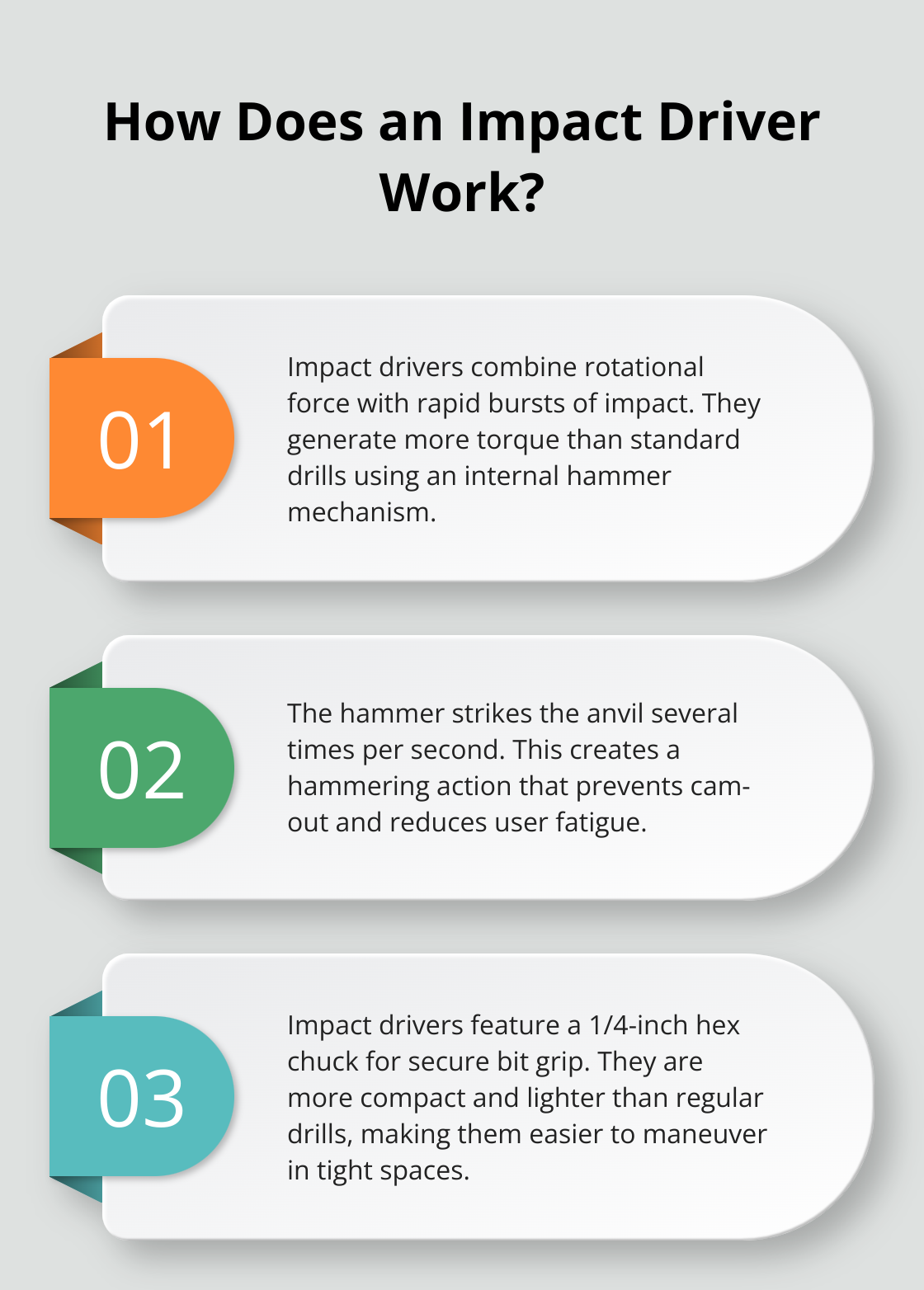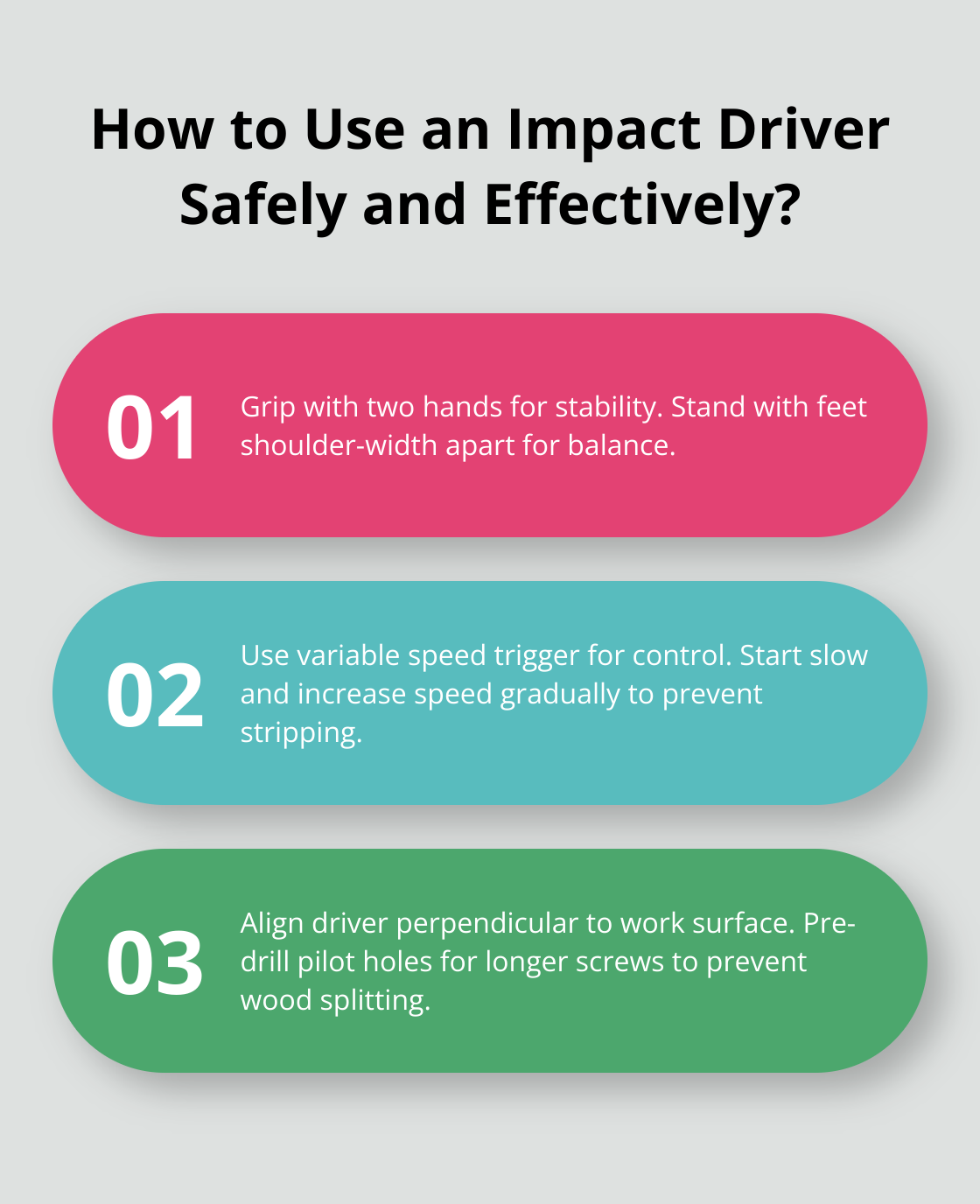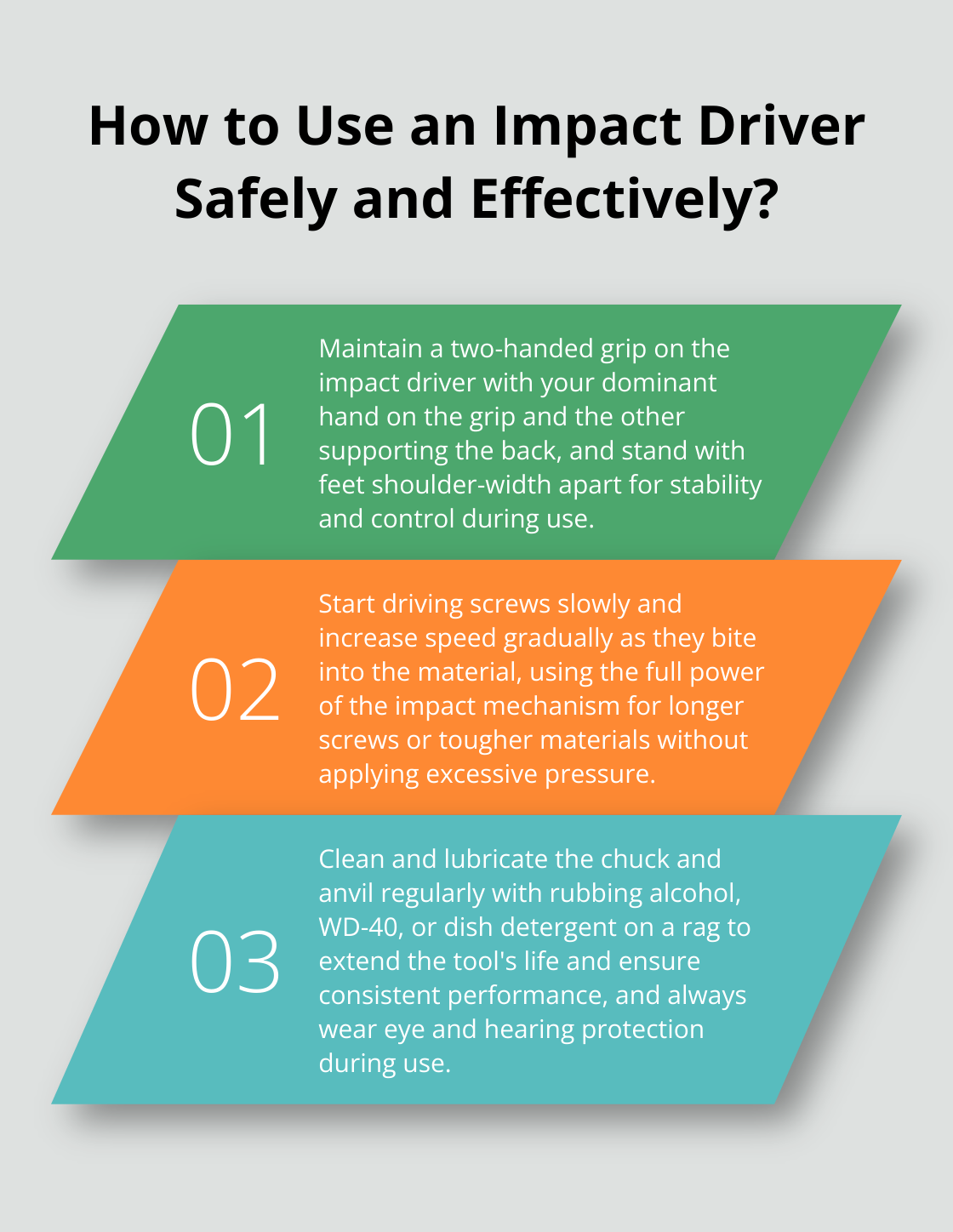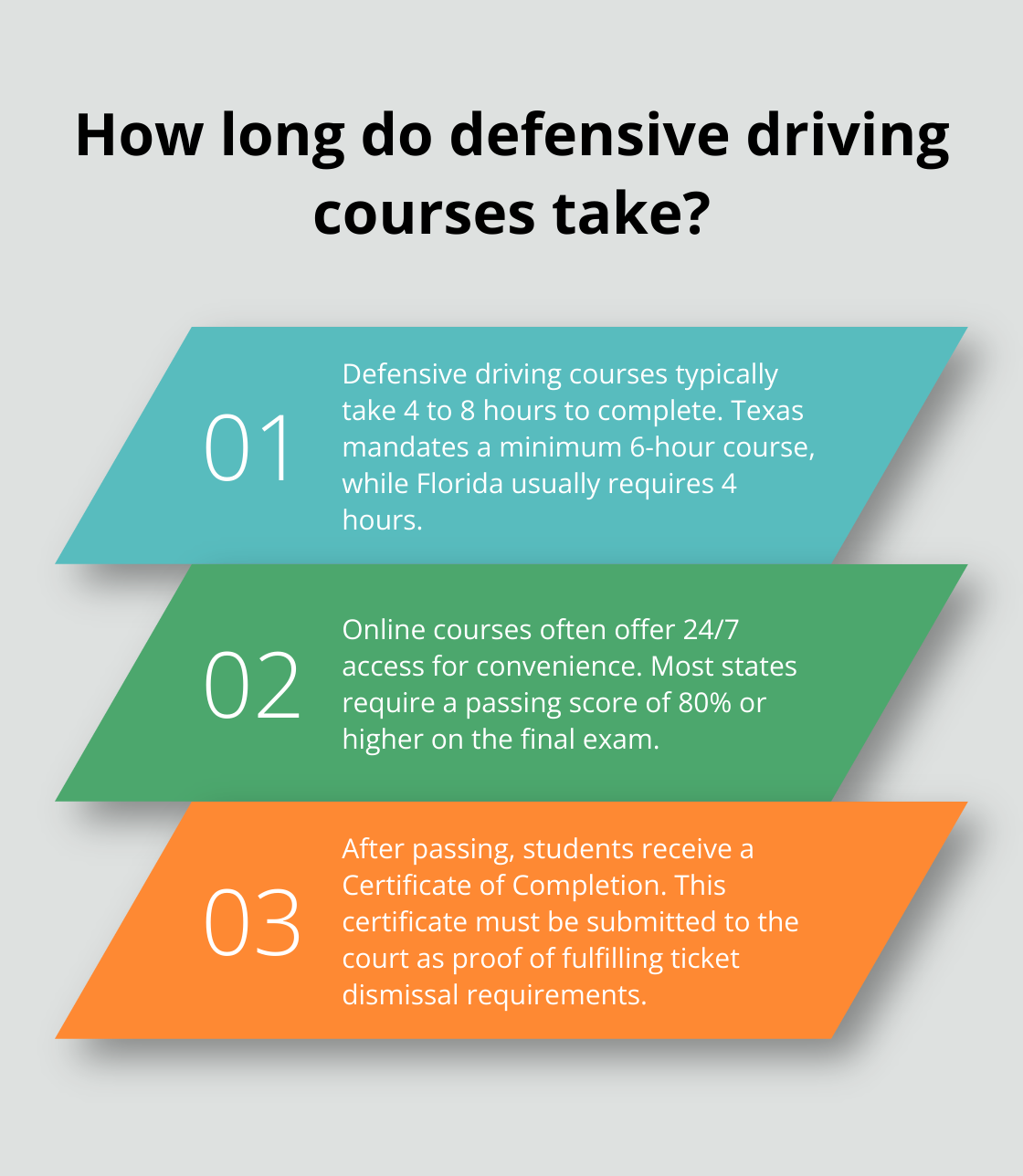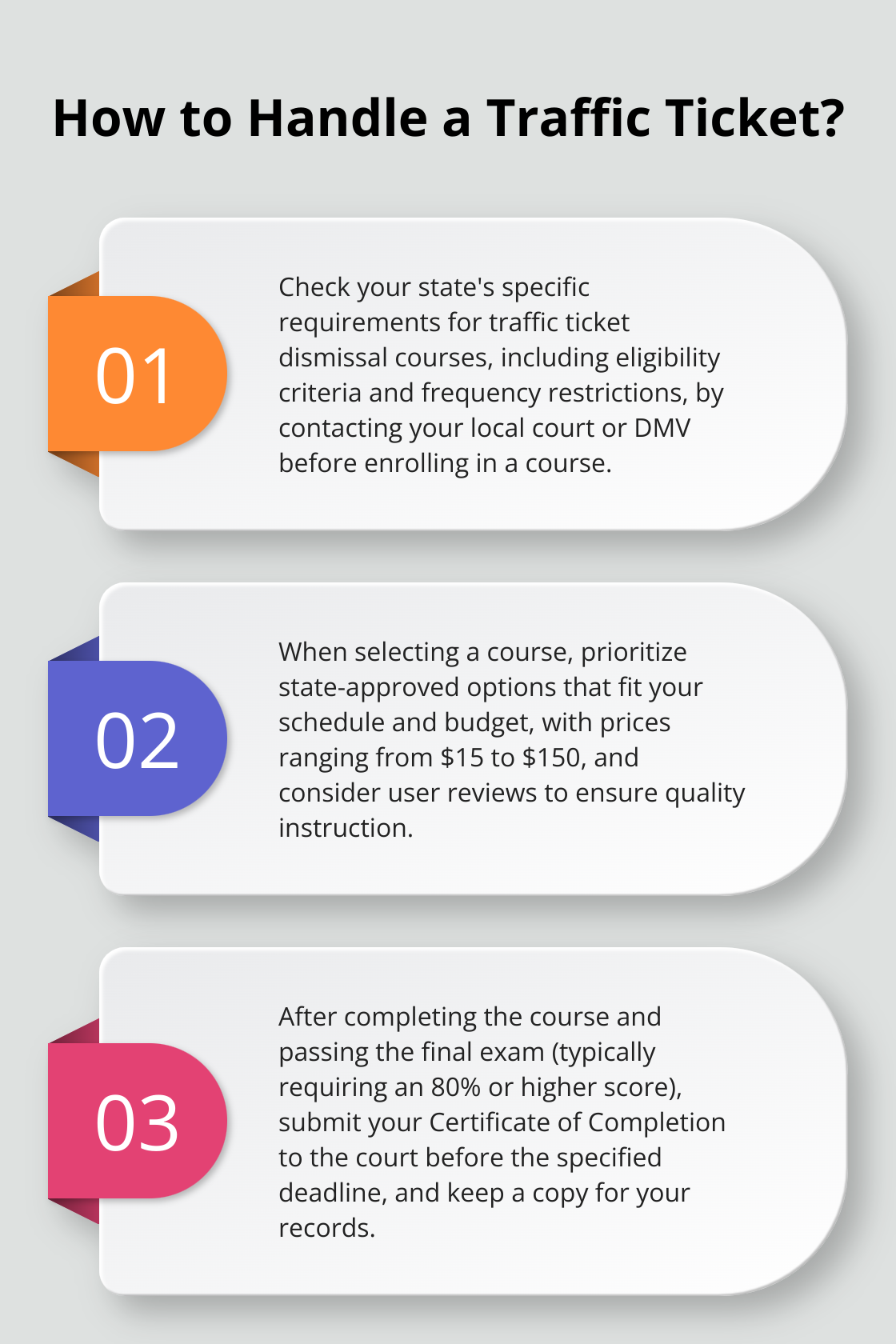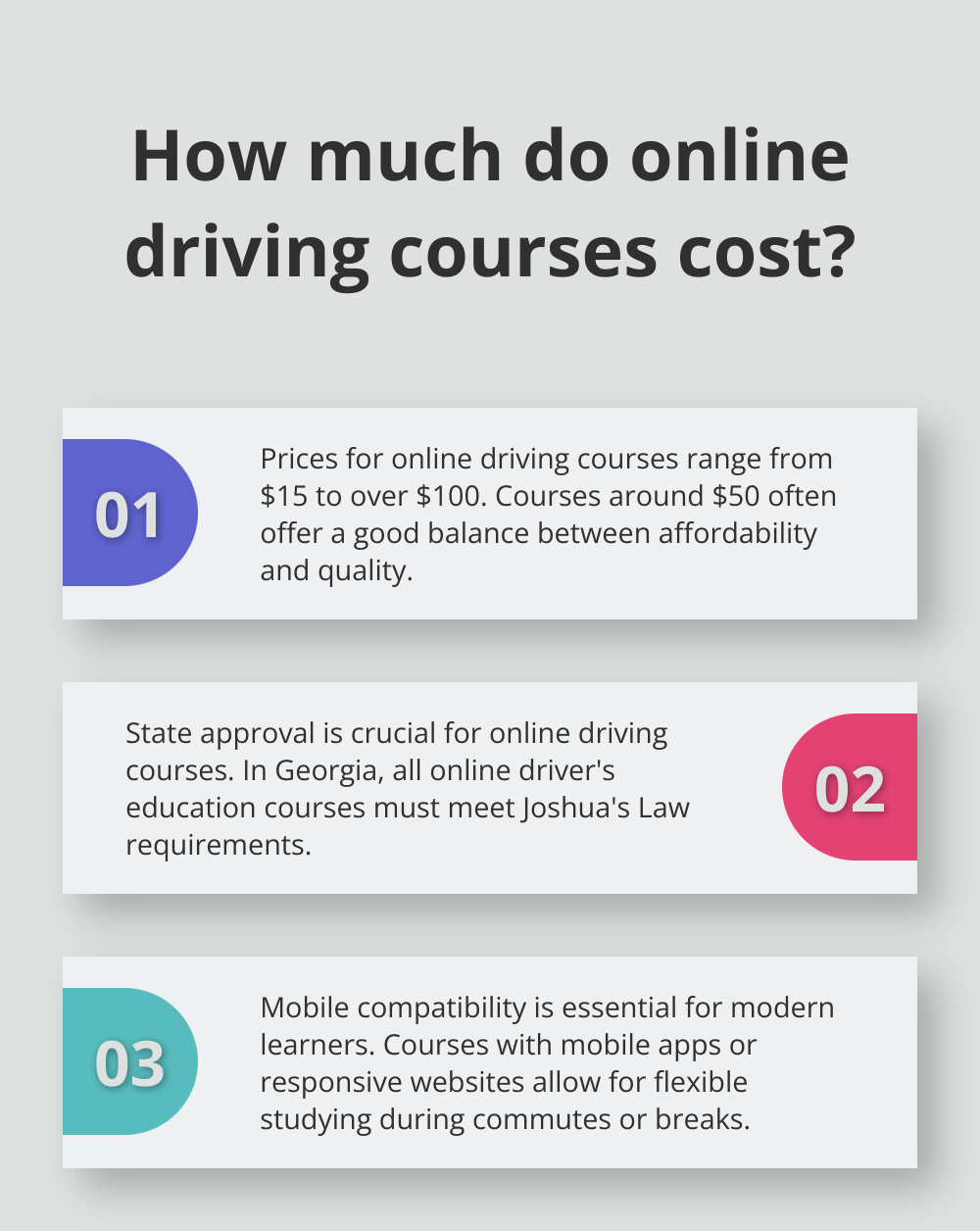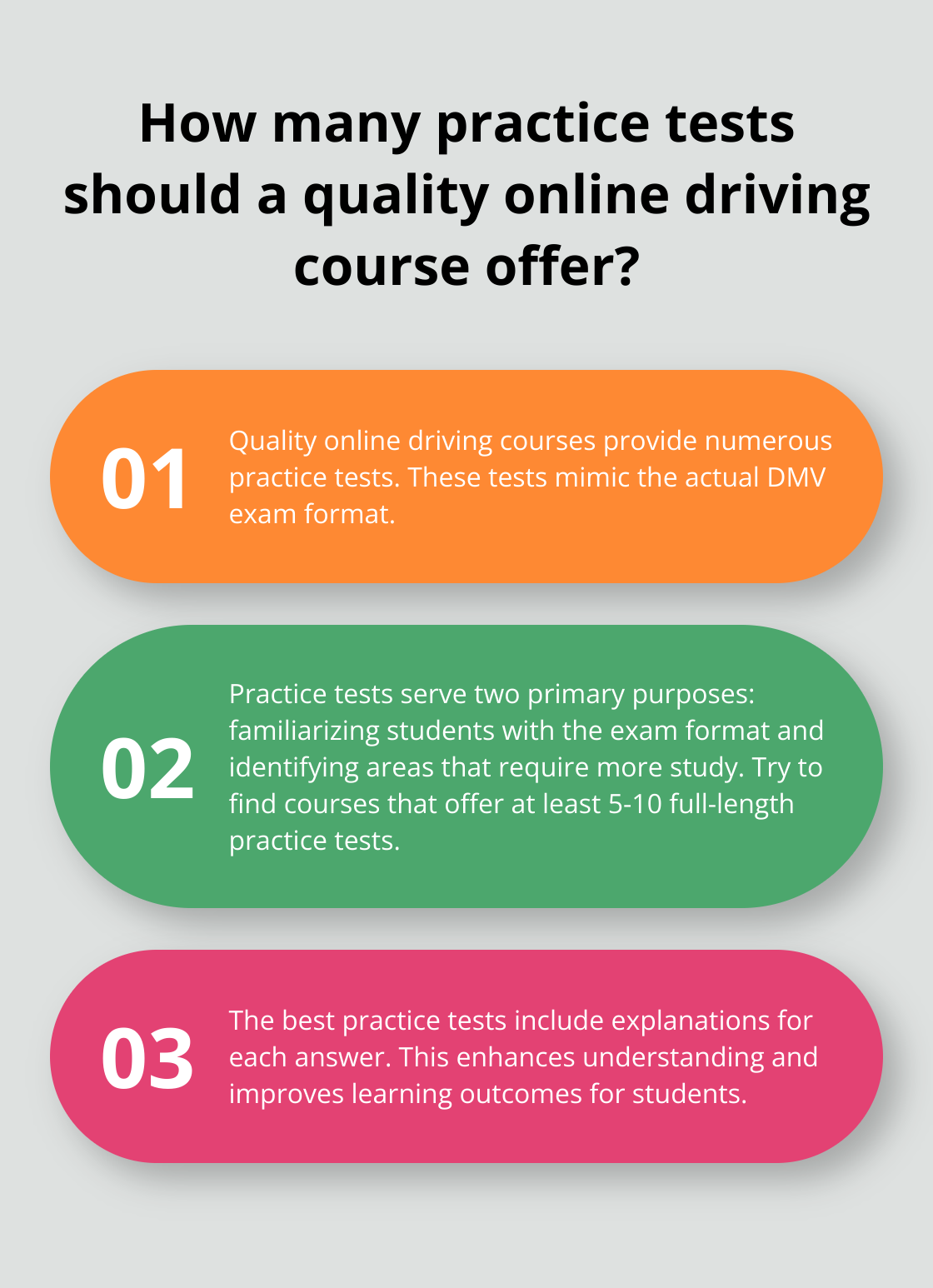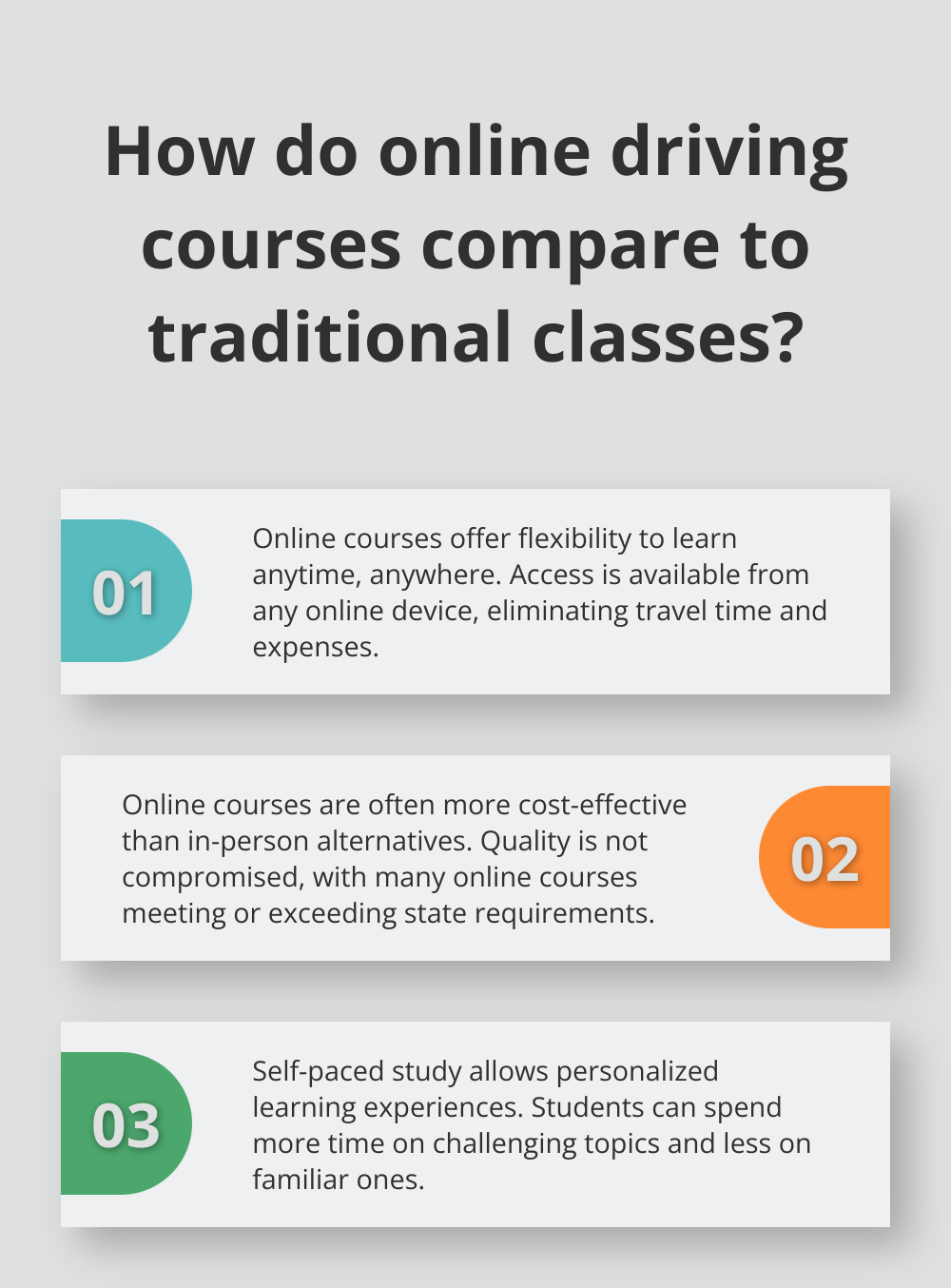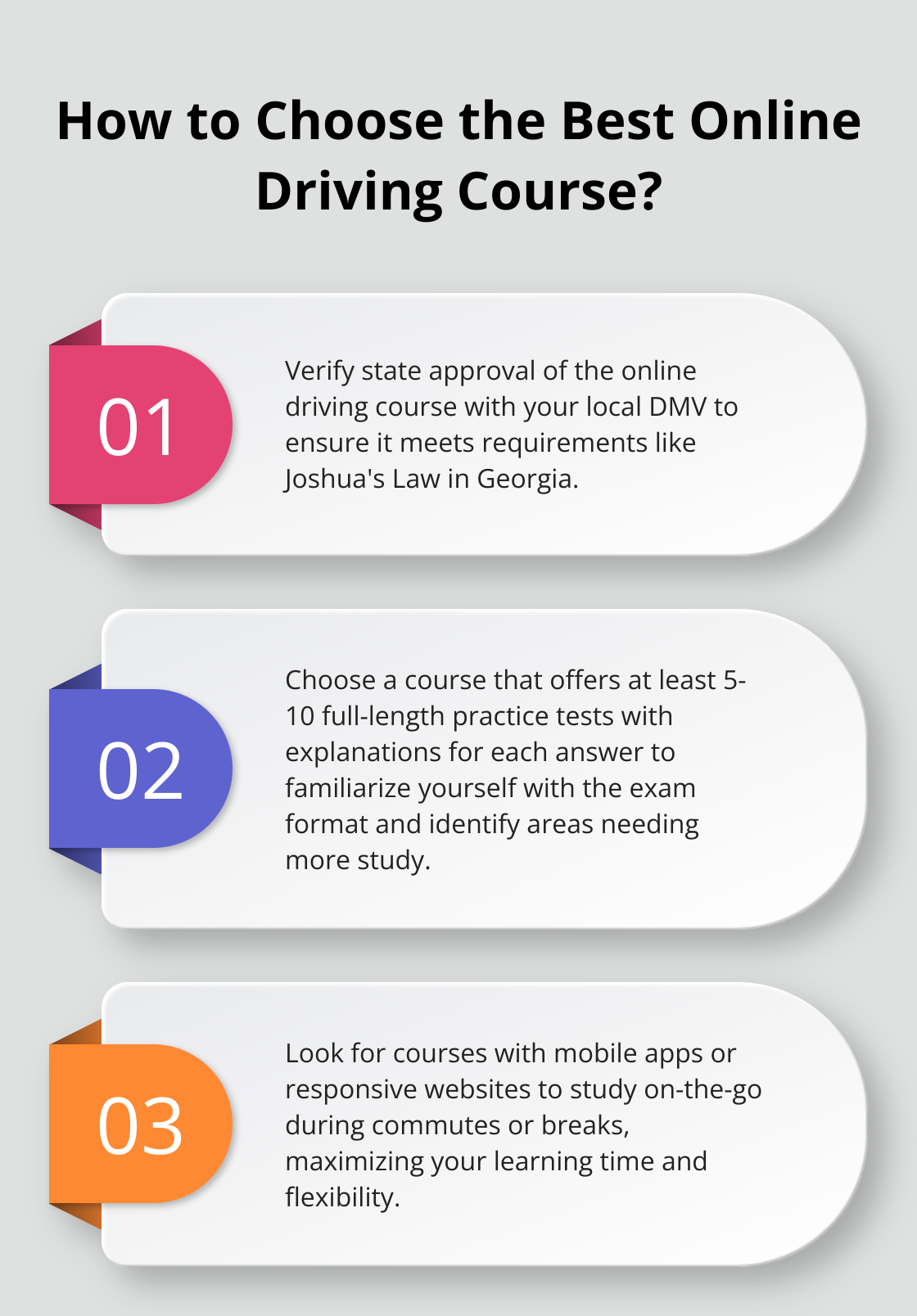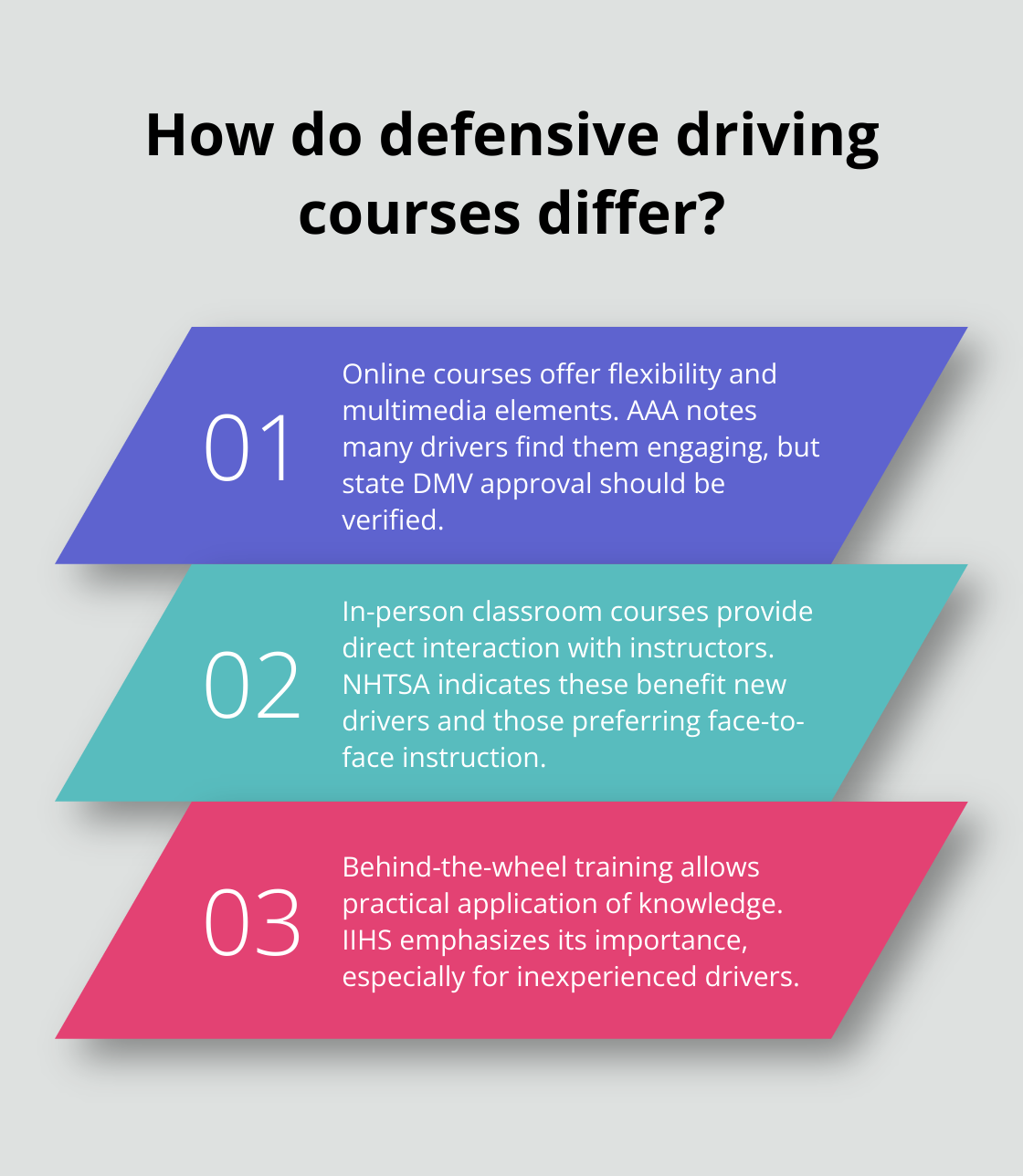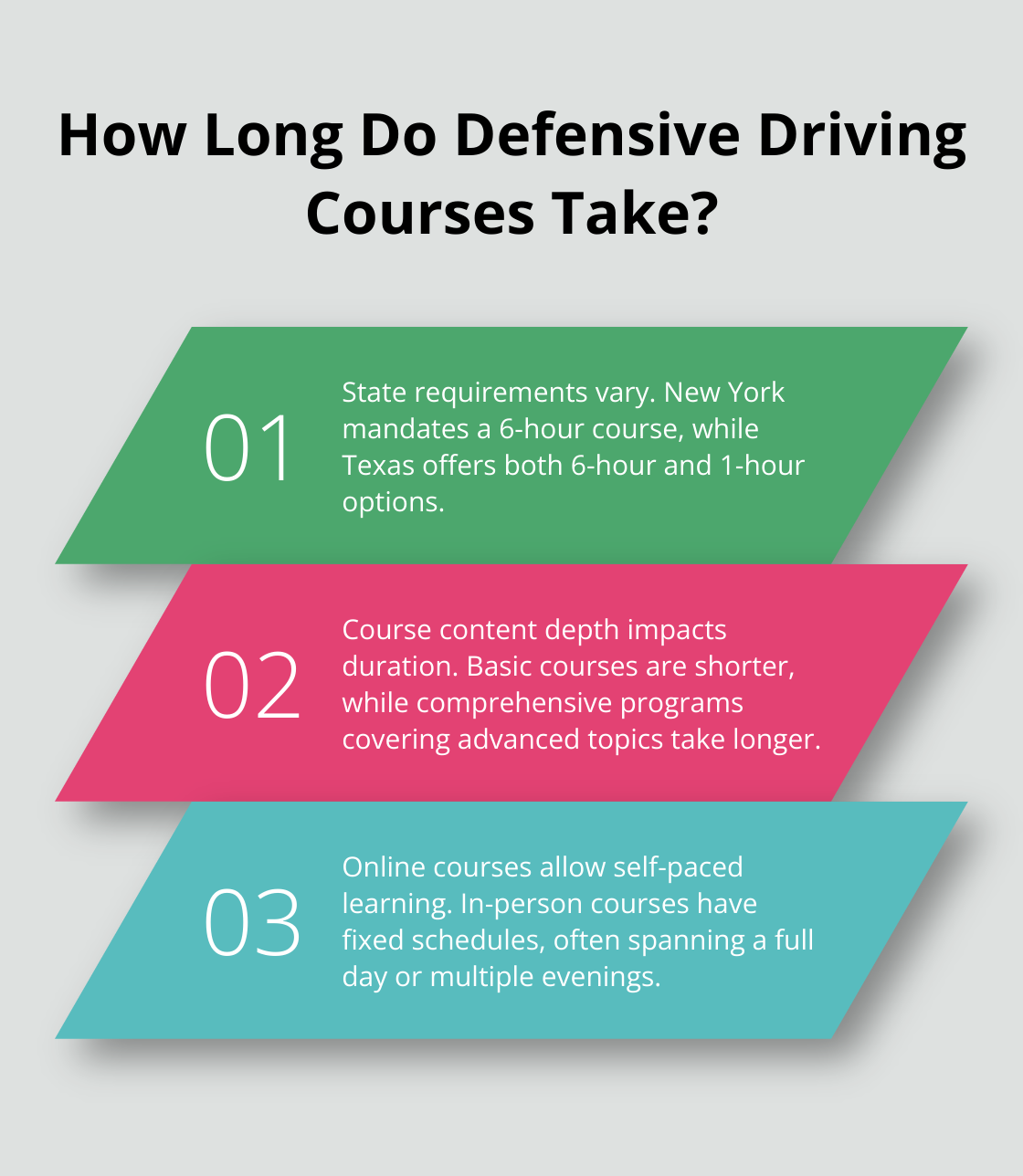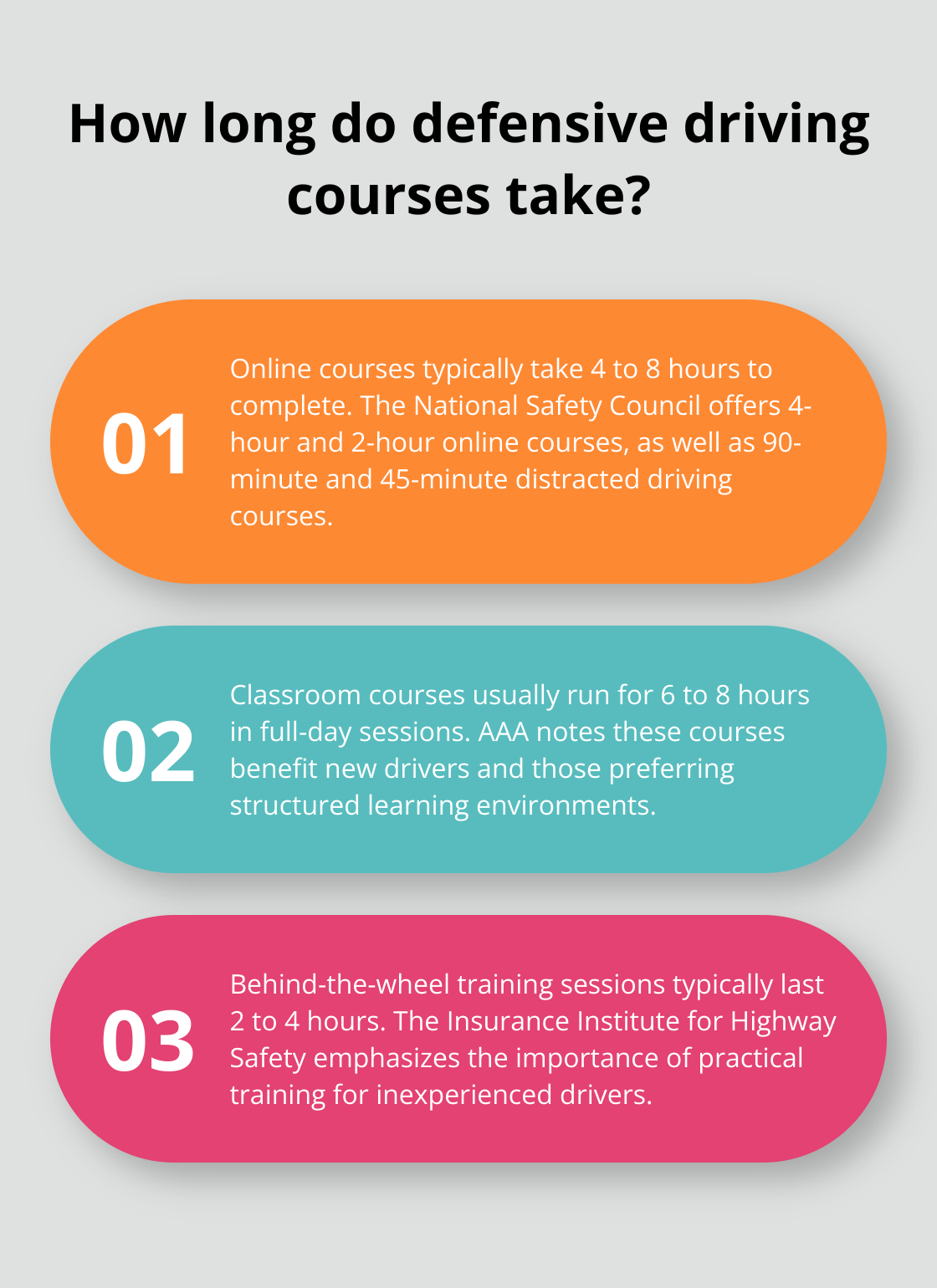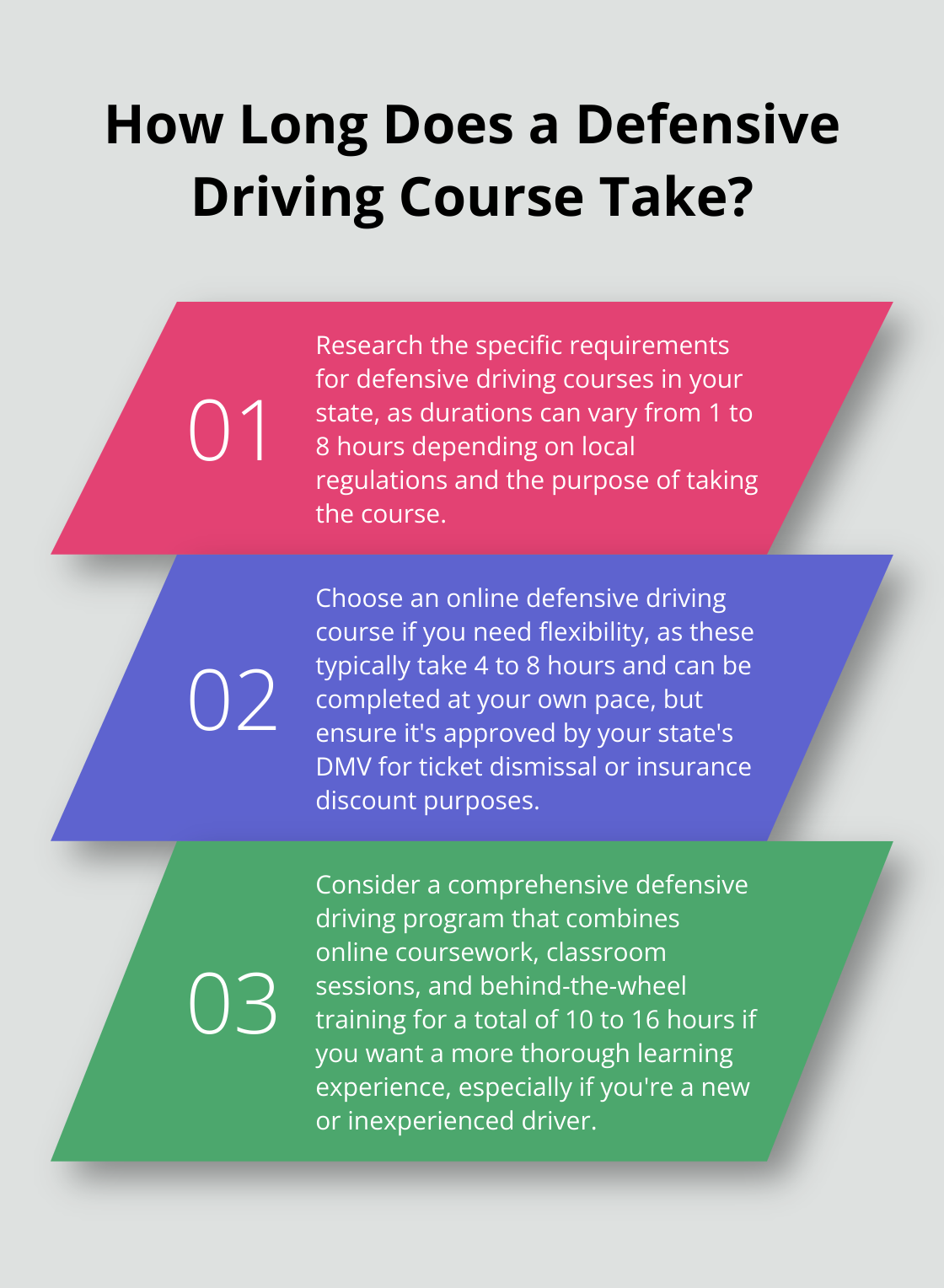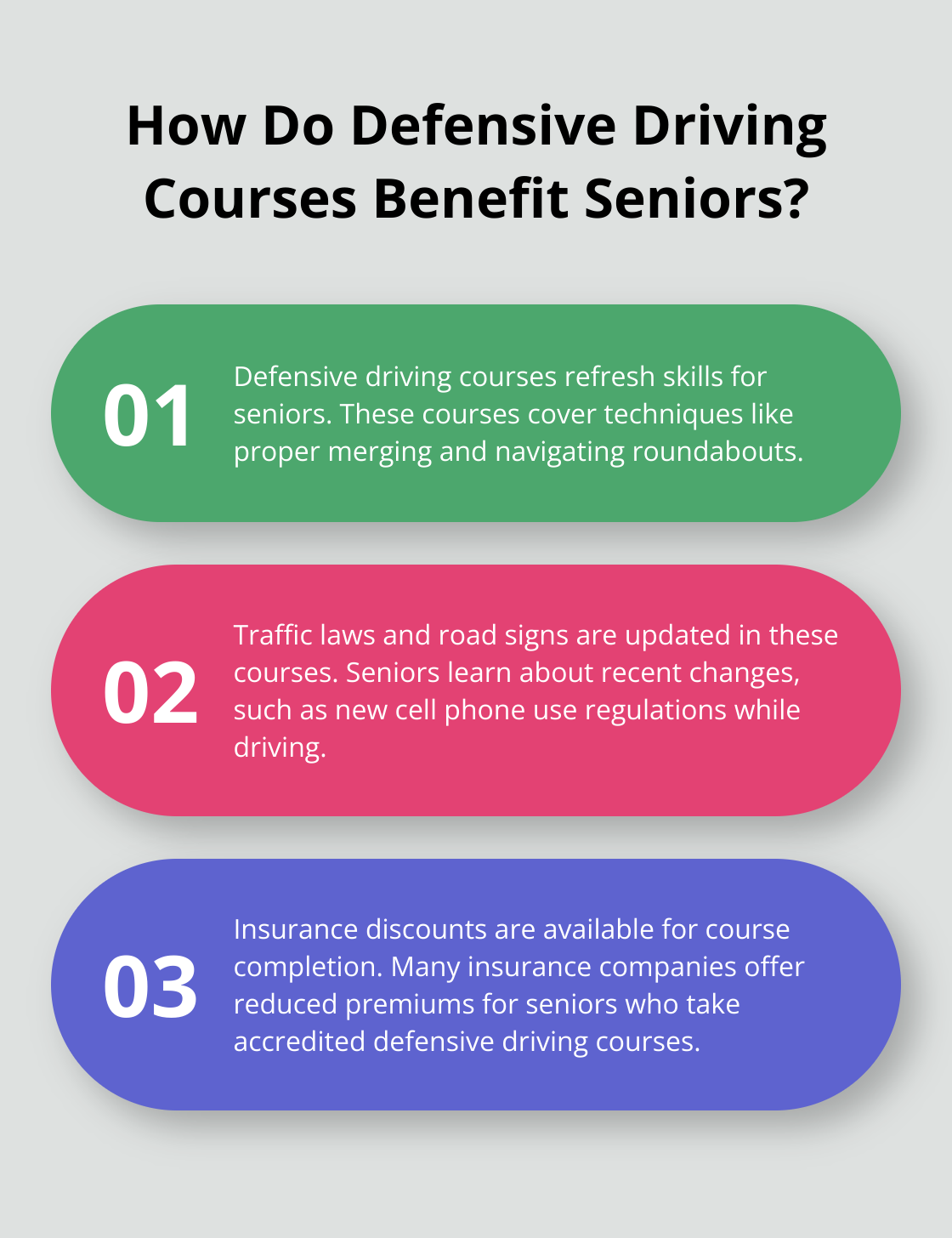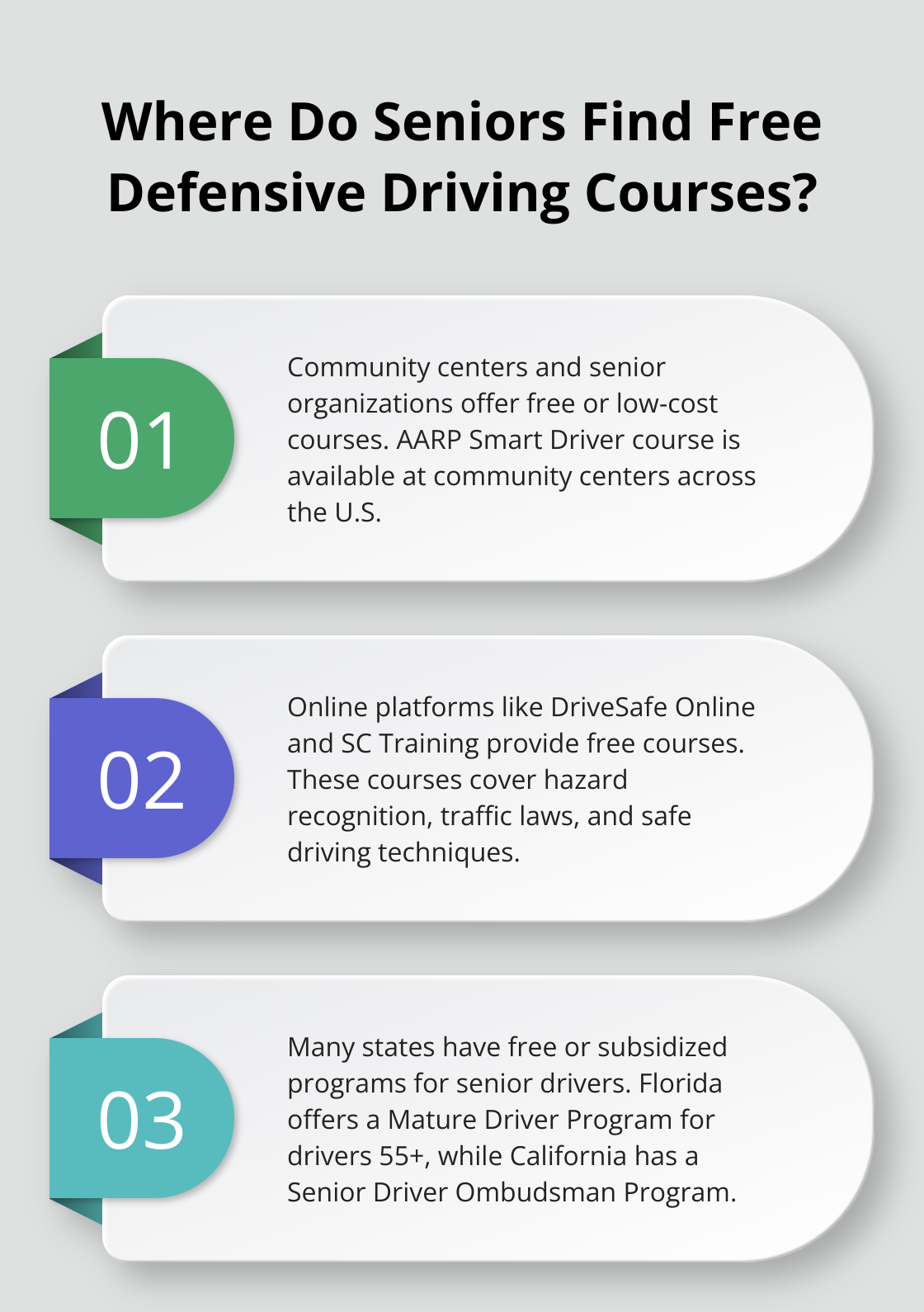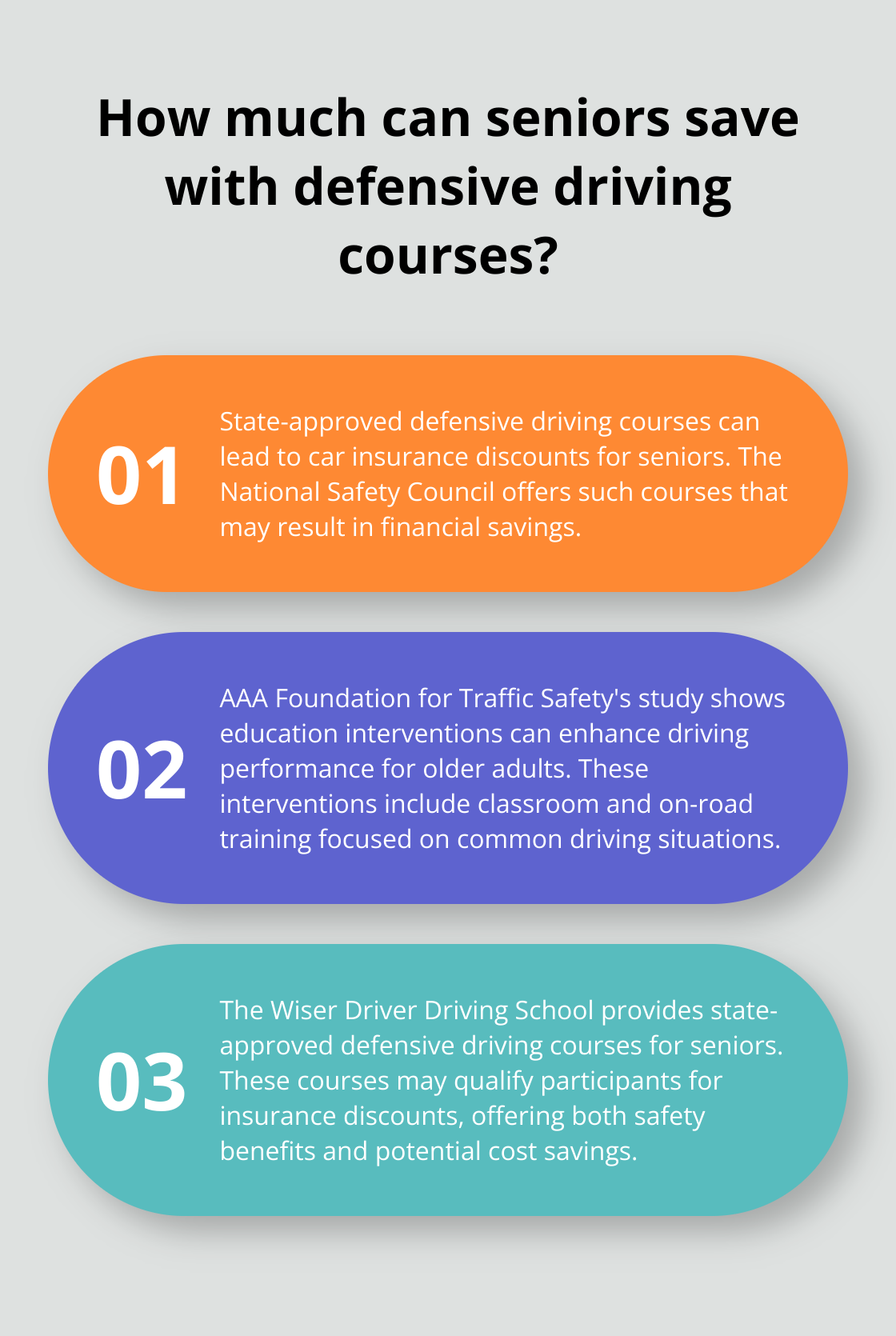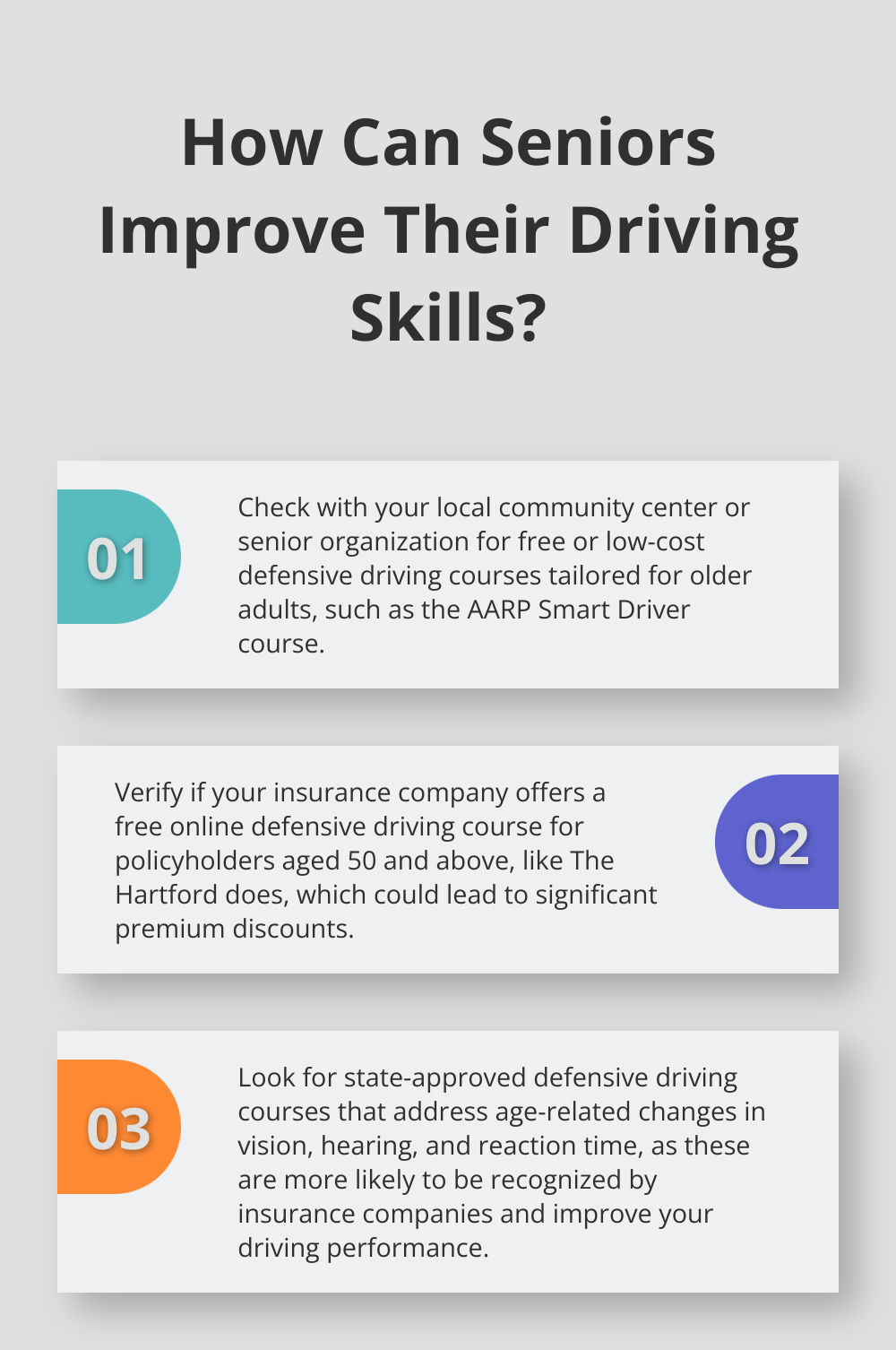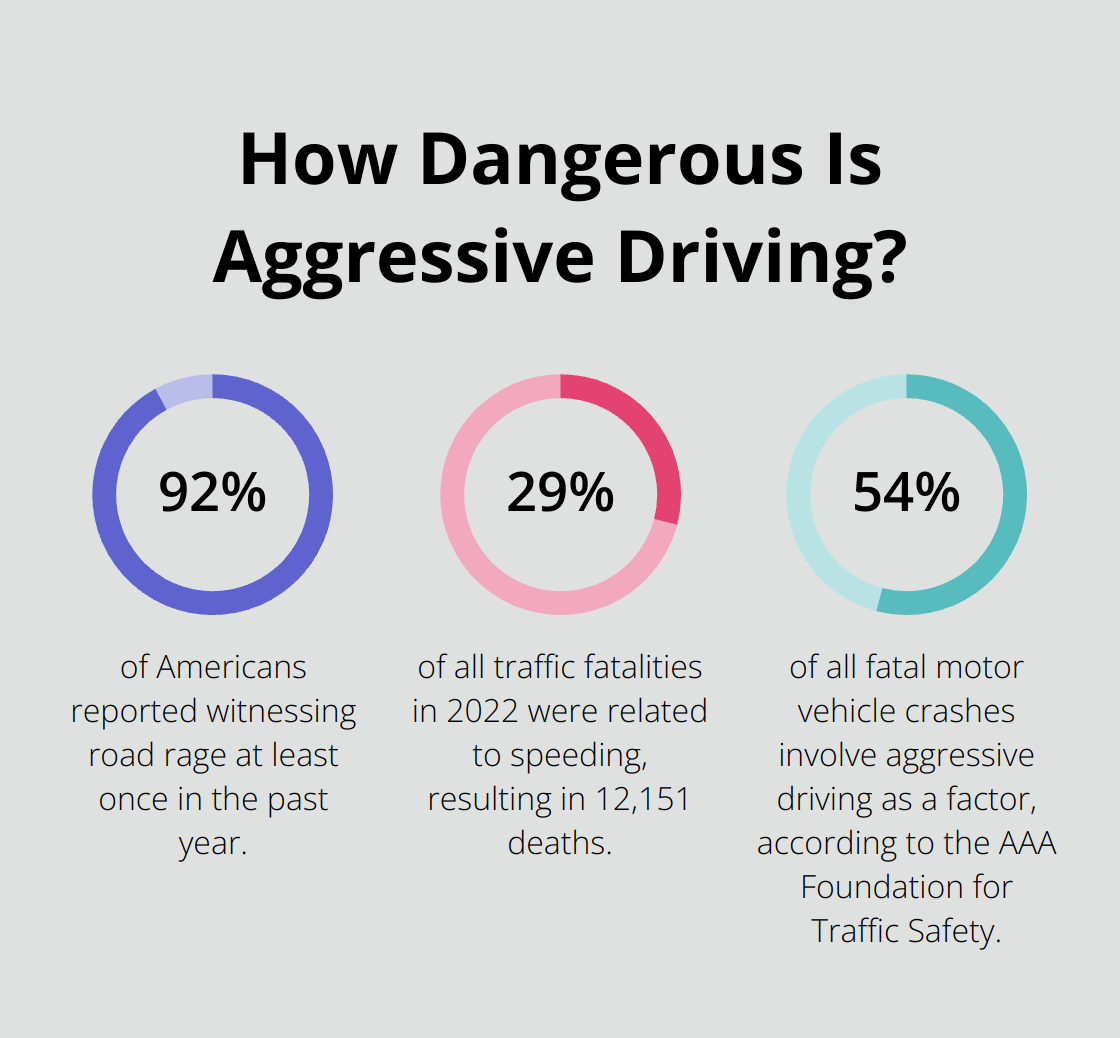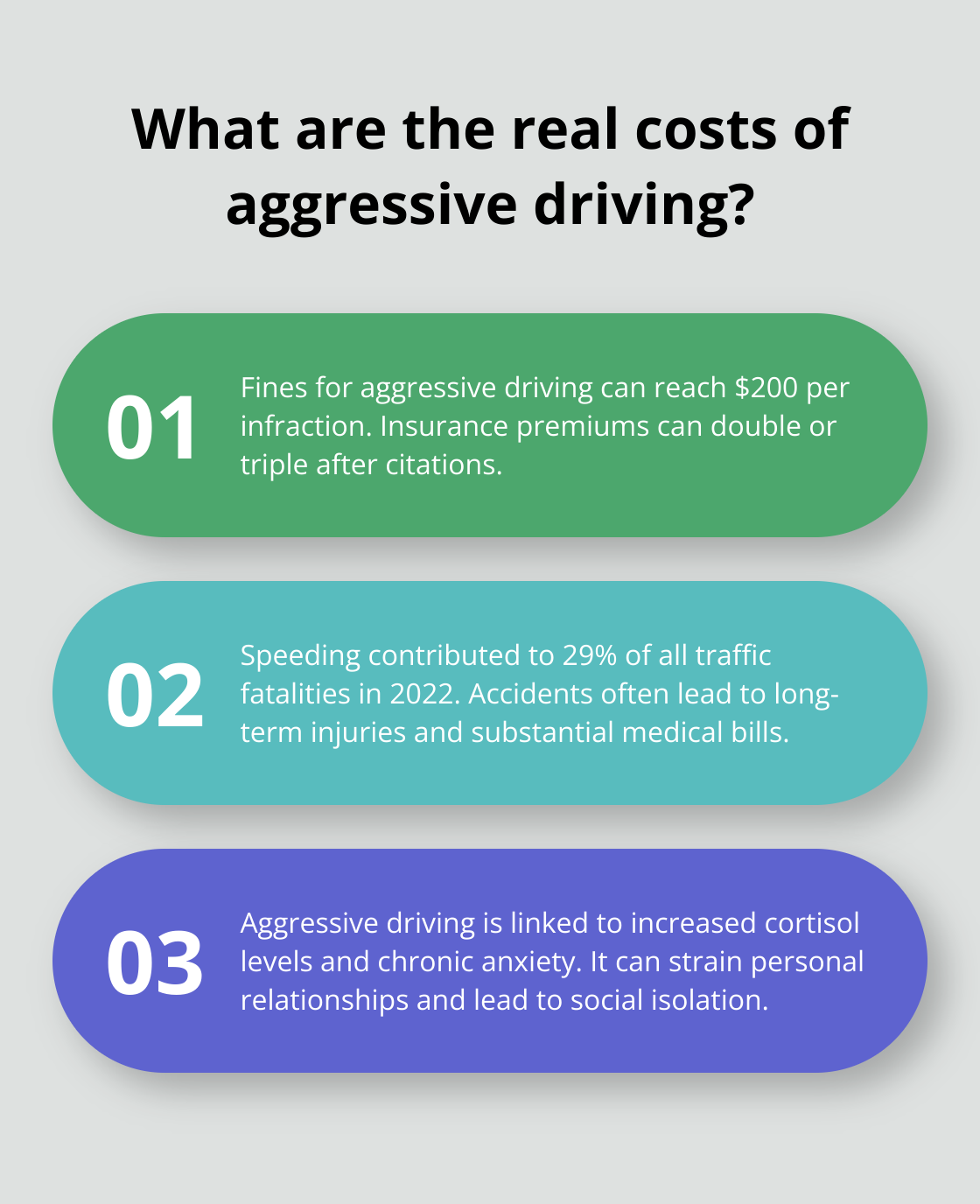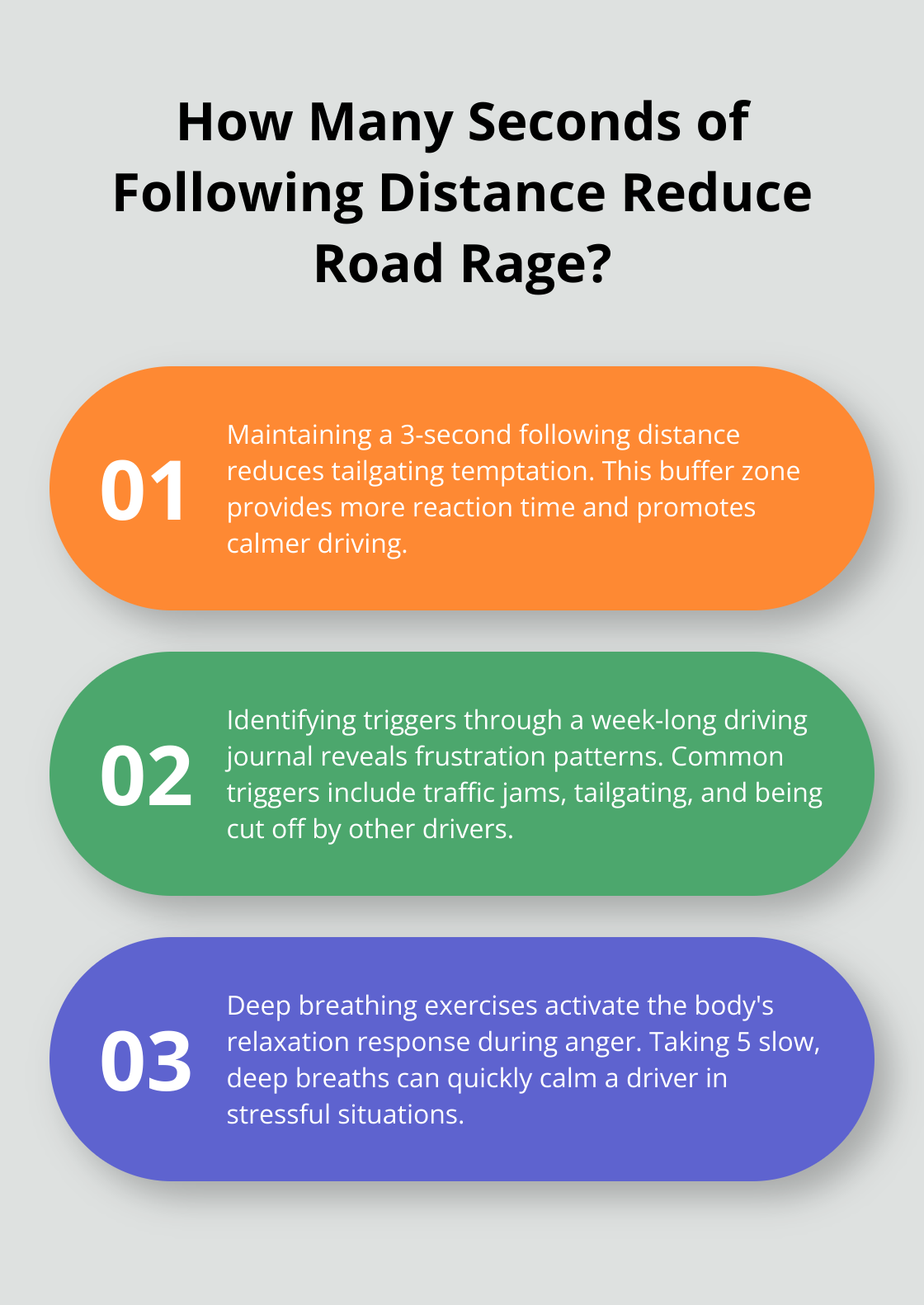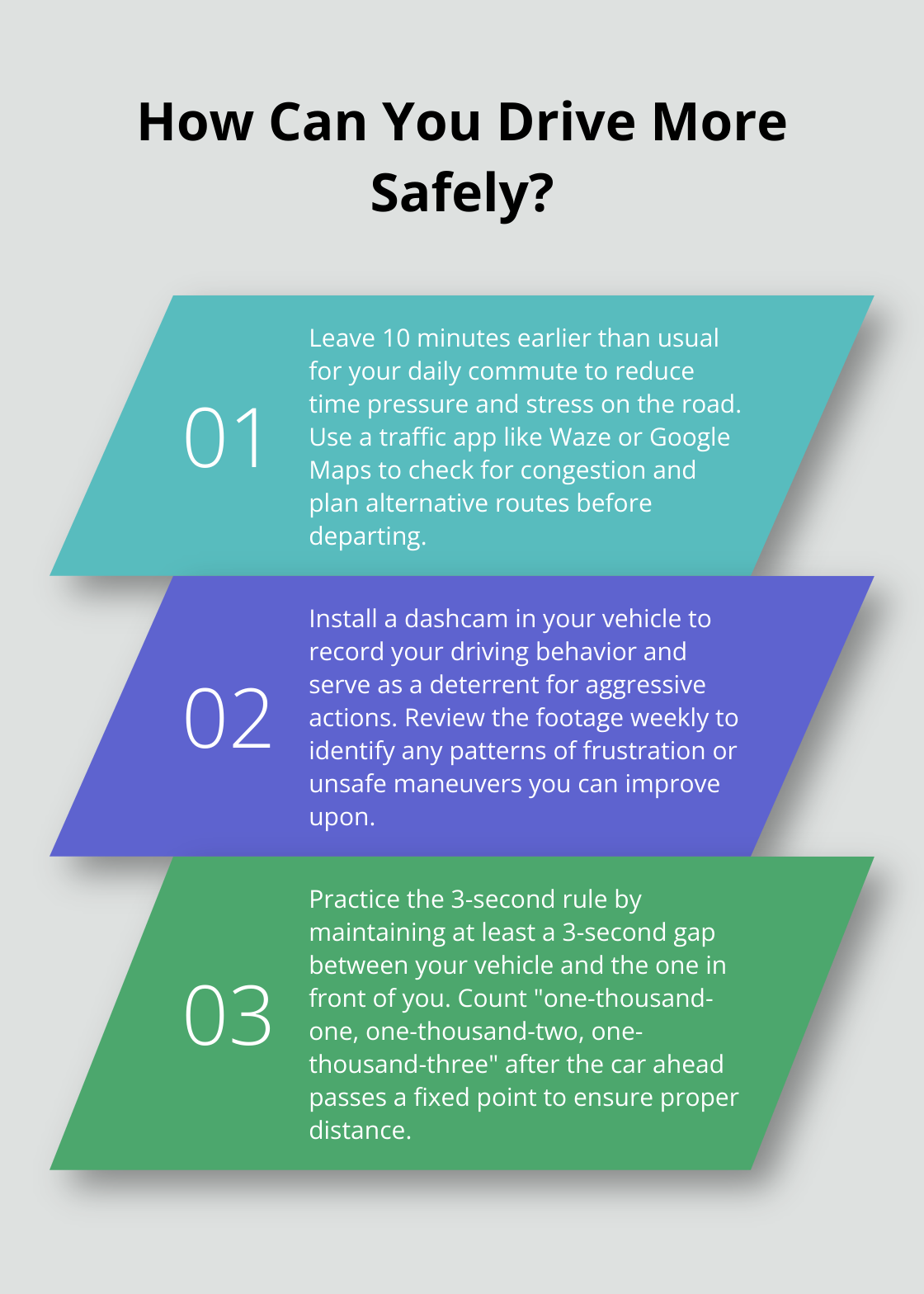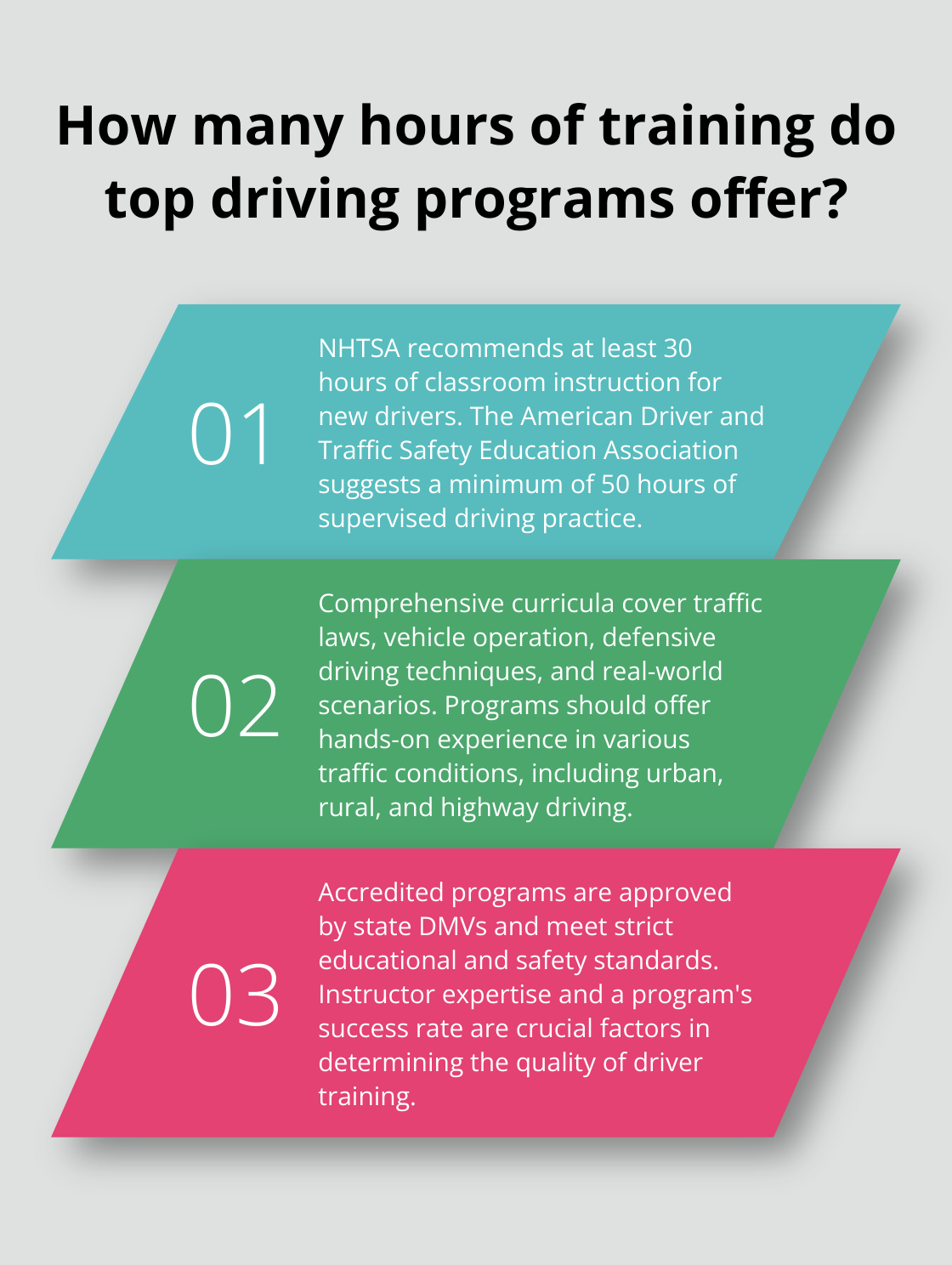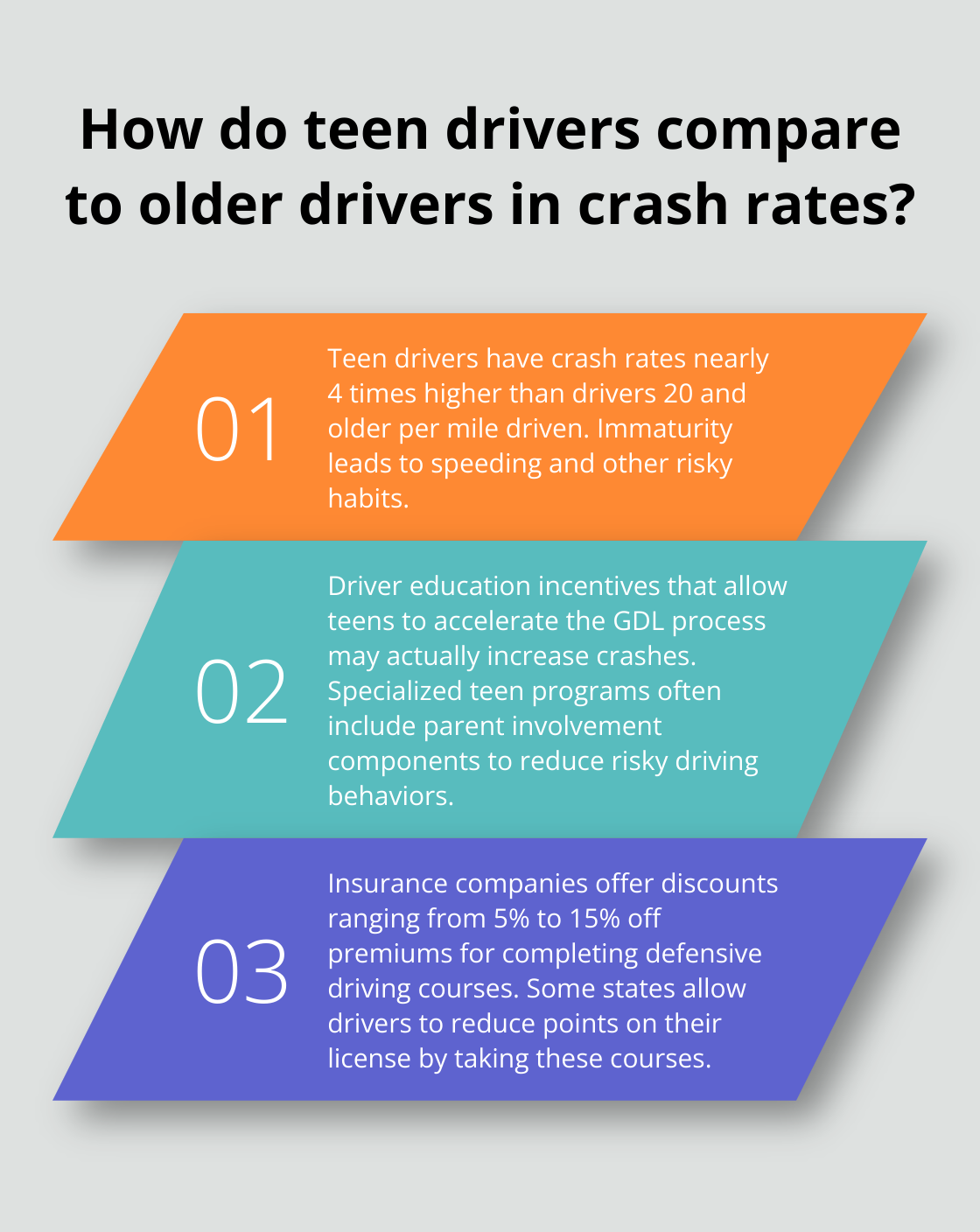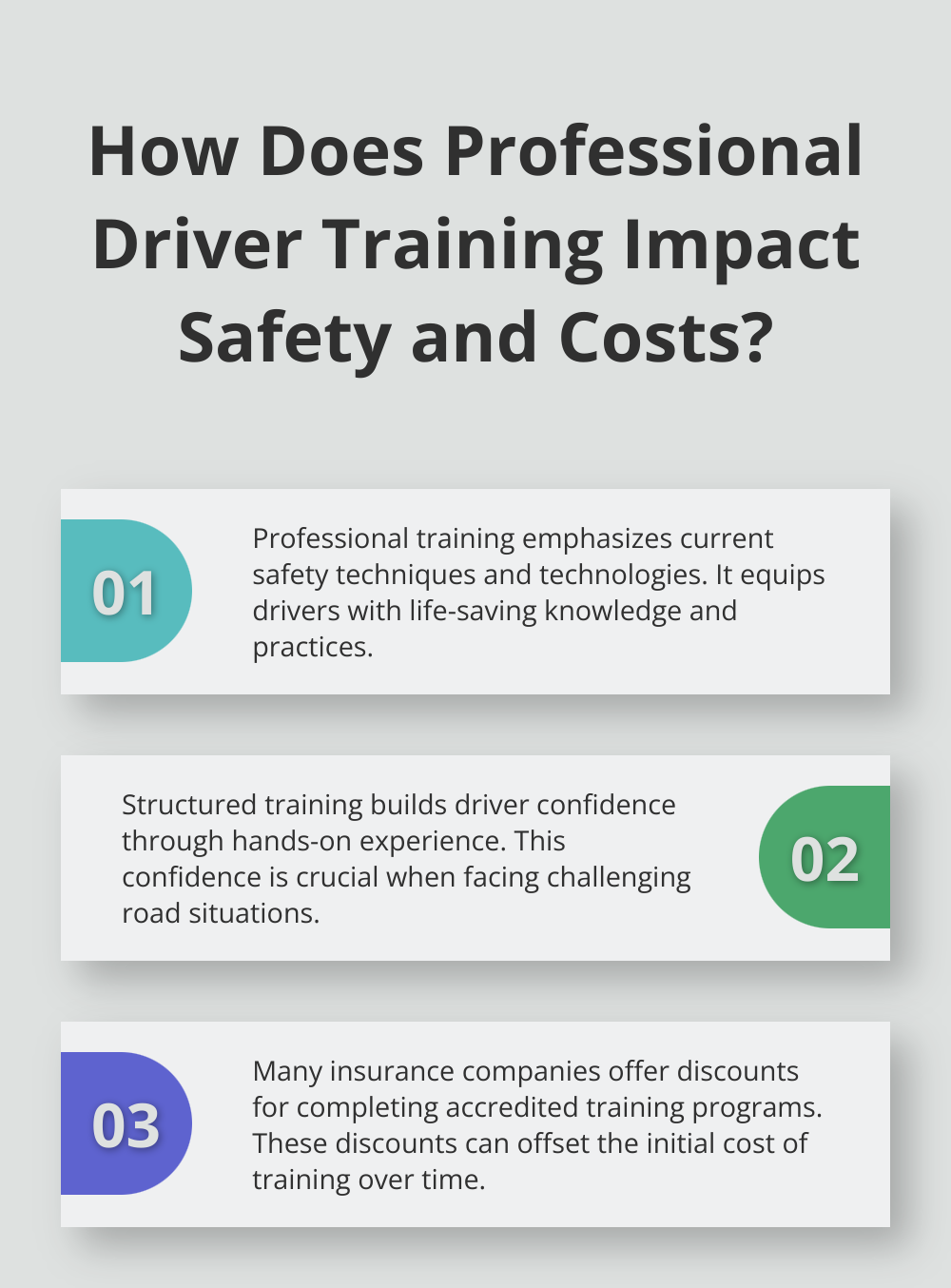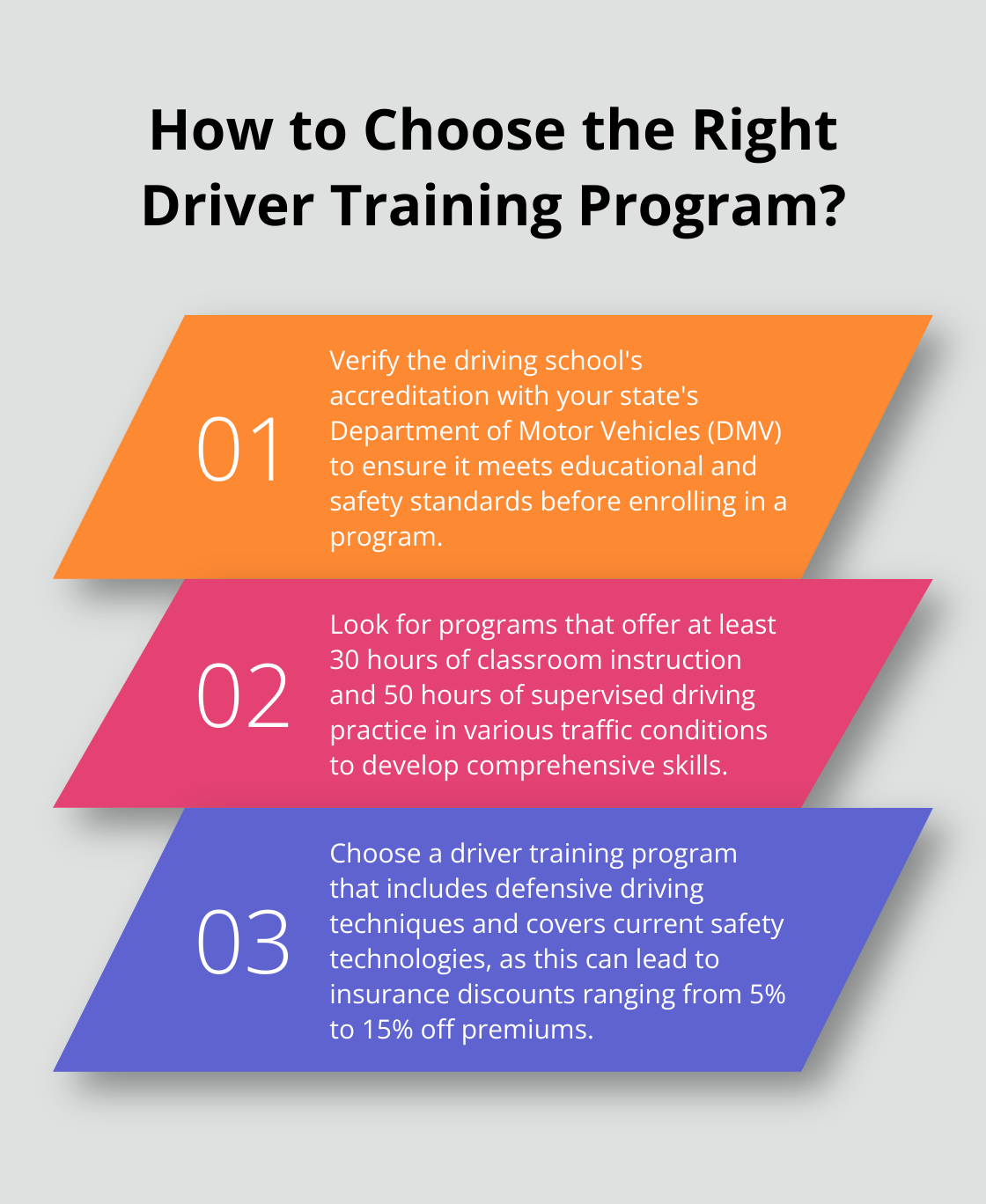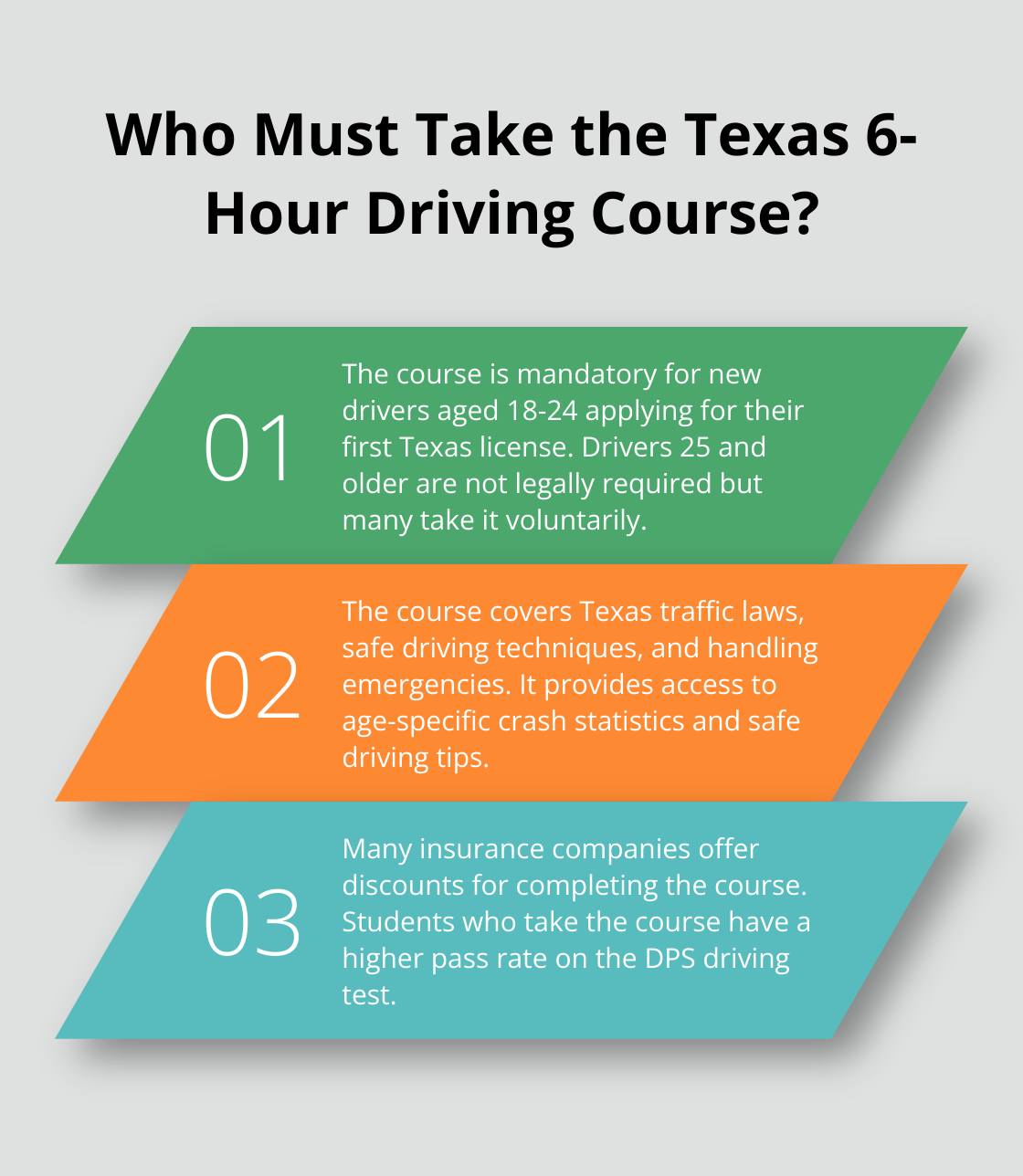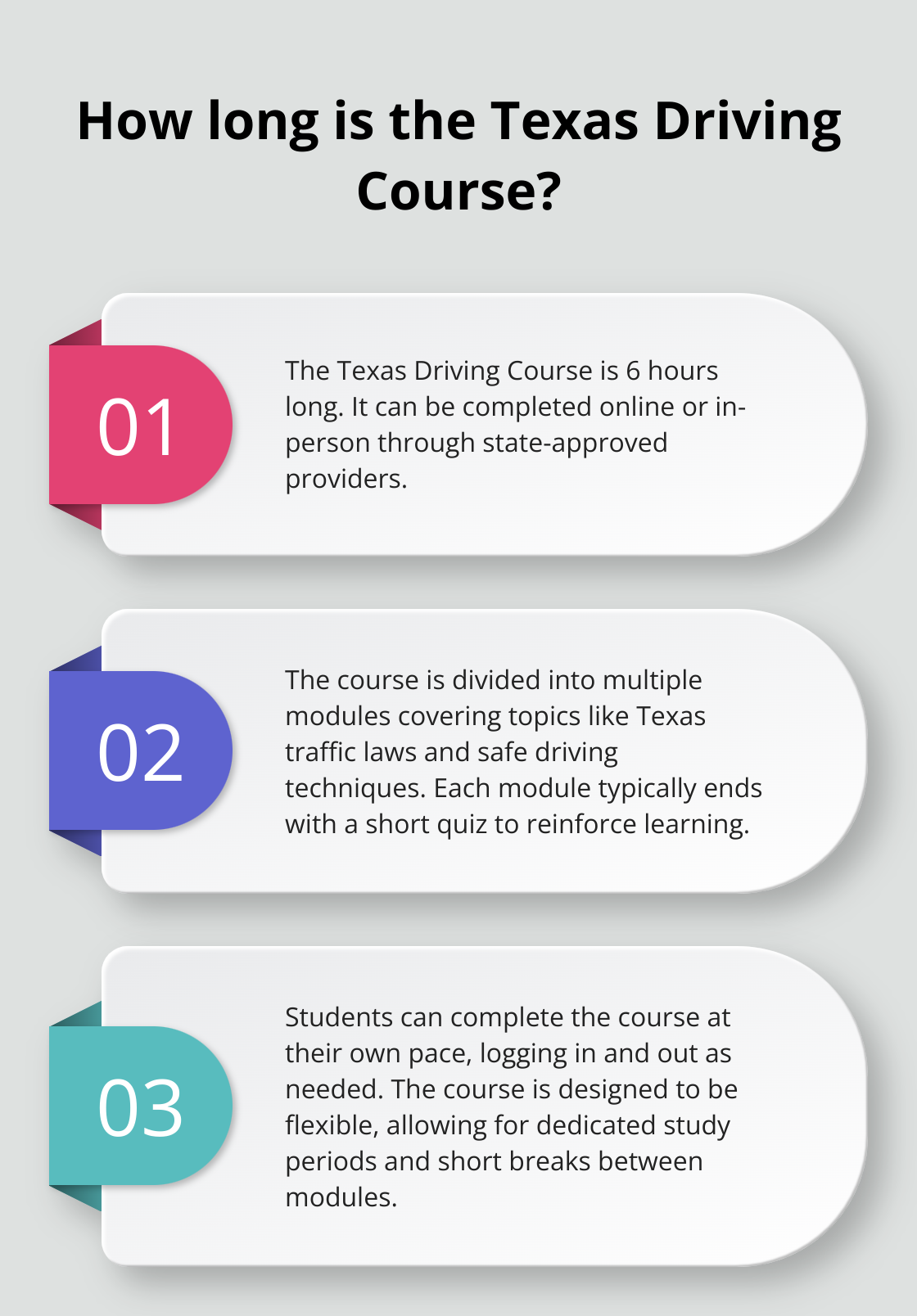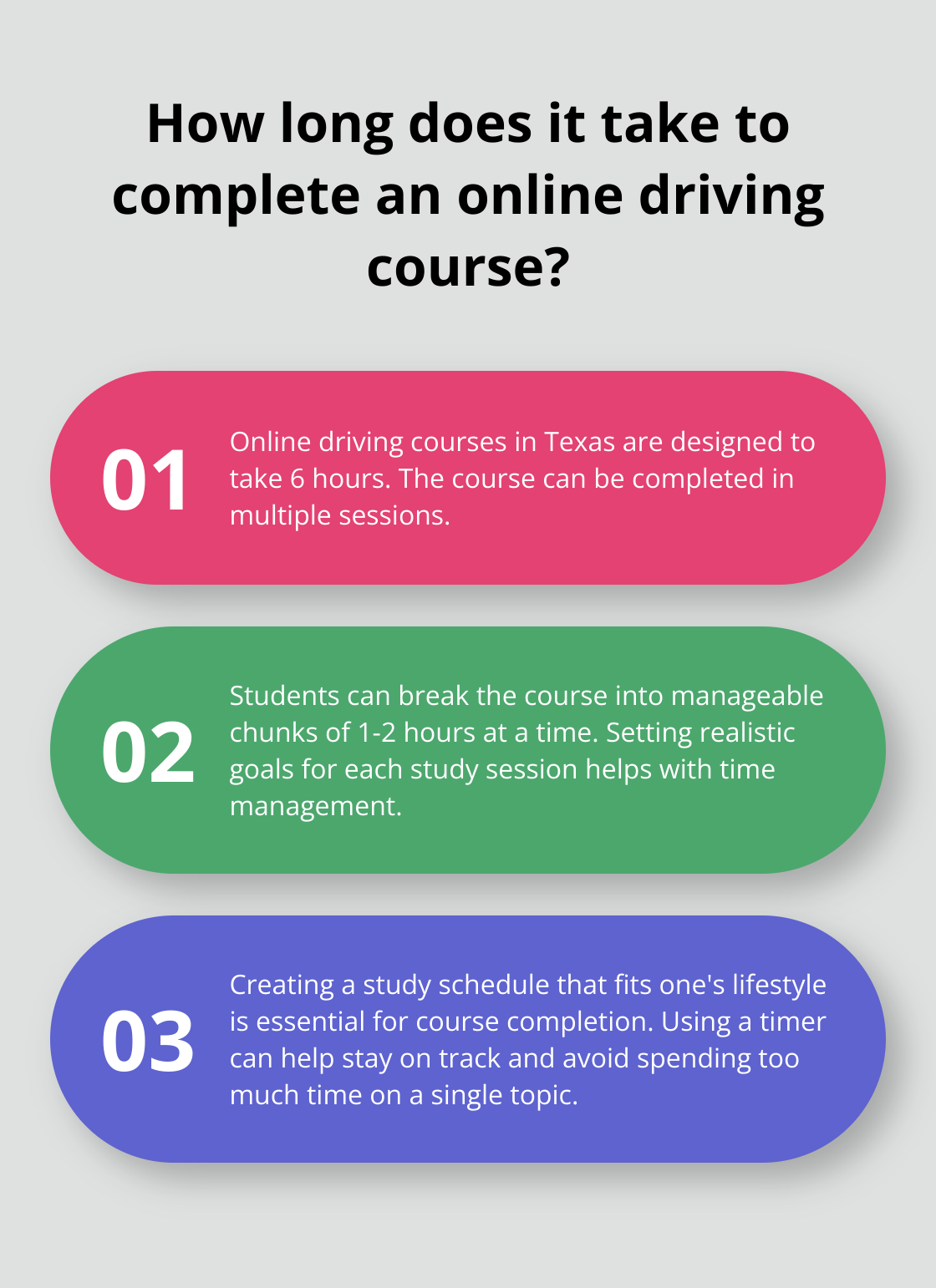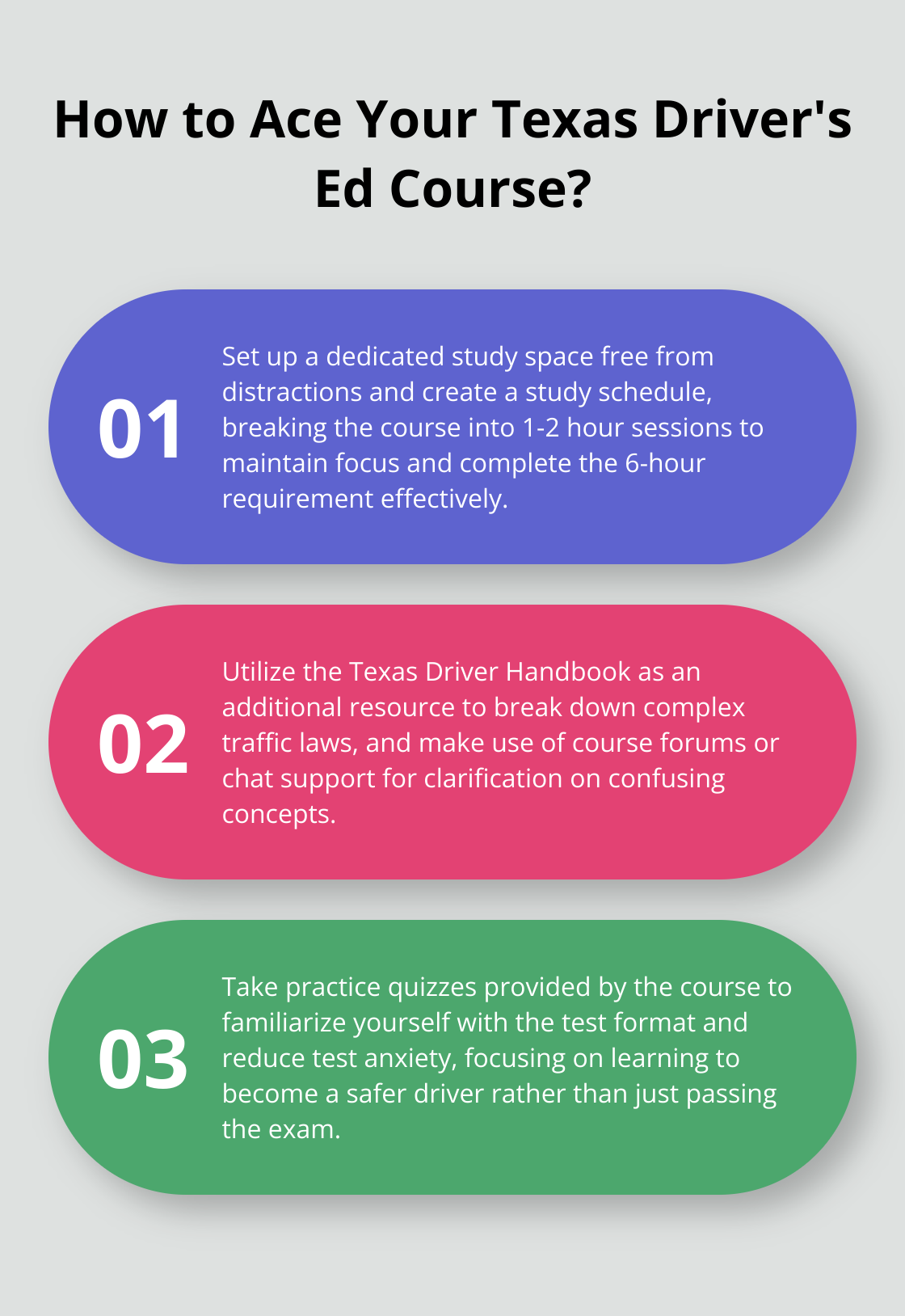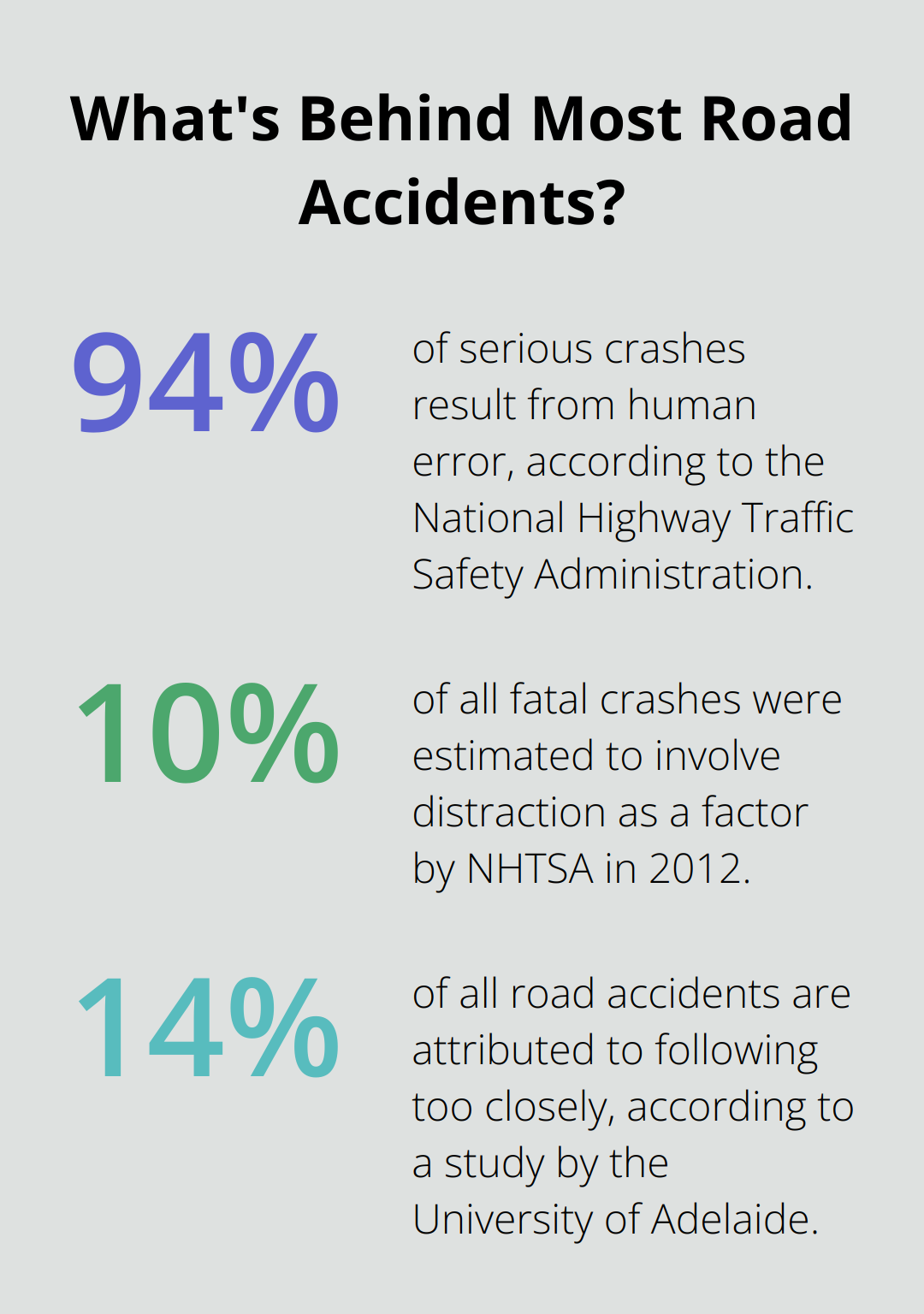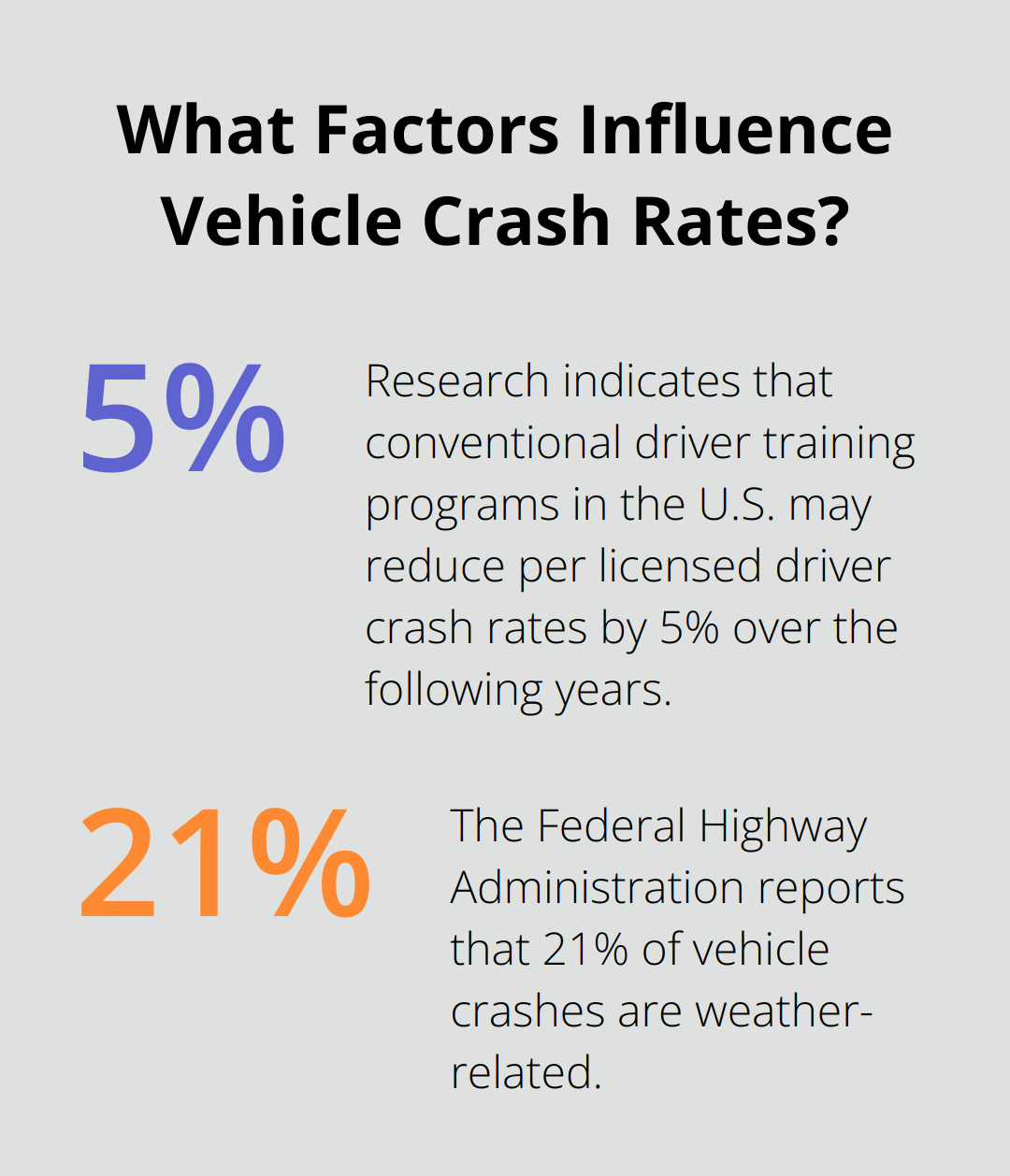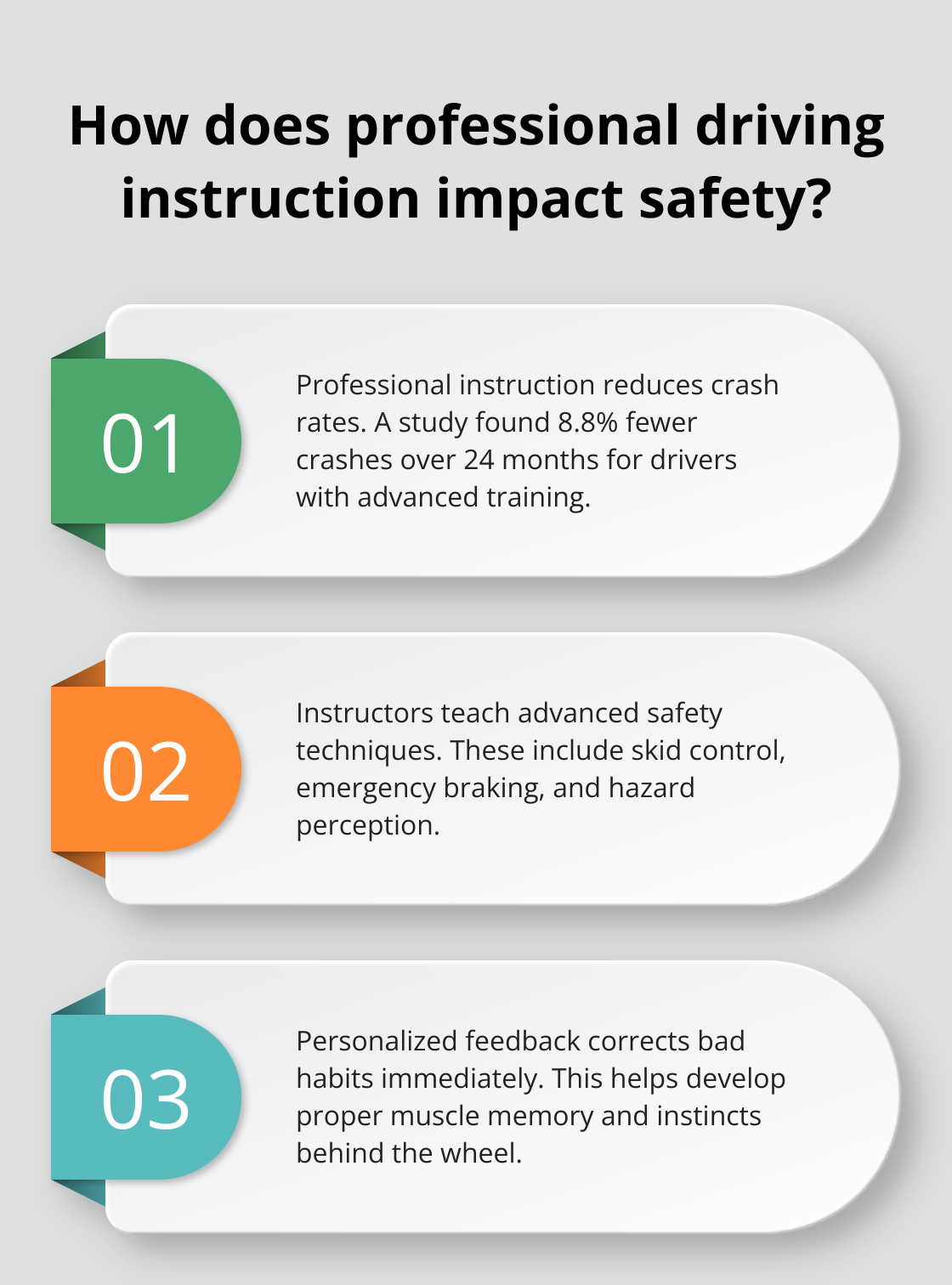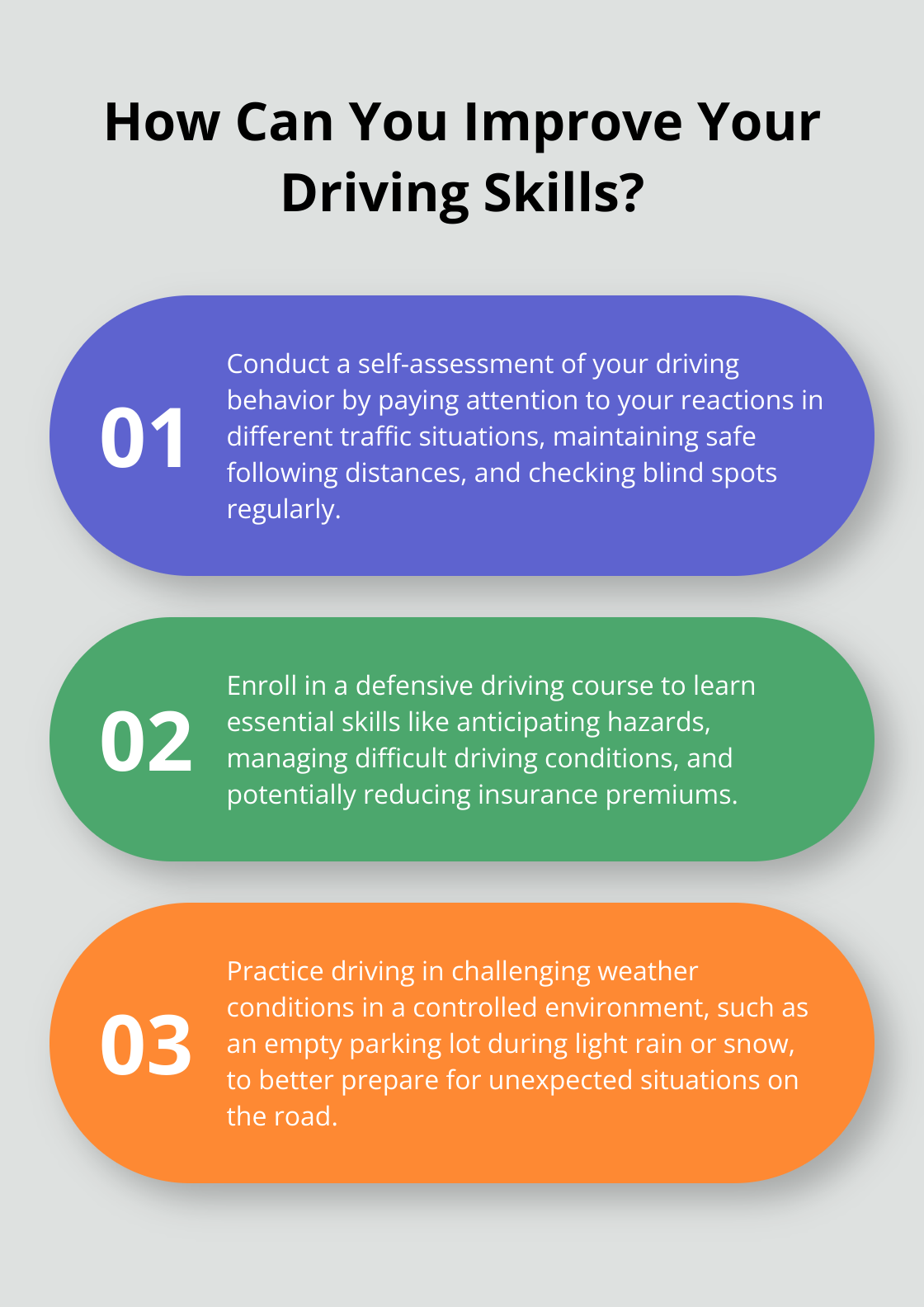How to Improve Your Driving Skills Online
At The Wiser Driver Driving School, we’ve seen a surge in drivers seeking to enhance their skills through online platforms.
The digital age has revolutionized how we learn, and driving education is no exception. From online defensive driving courses to virtual simulators, the options for improving your driving abilities from home are vast.
This blog post explores the most effective online driving improvement courses and tools available today.
Online Defensive Driving Courses: Your Path to Safer Roads
Online defensive driving courses have revolutionized driver education. These digital programs transform average drivers into road safety champions, offering numerous benefits and skill enhancements.
Convenience and Flexibility: Learn on Your Schedule
Online defensive driving courses provide unparalleled flexibility. You can learn at your own pace and fit lessons into your busy schedule without commuting to a physical classroom. This convenience factor has led to impressive completion rates.
Beyond Basic Skills: Advanced Techniques for Road Safety
These courses teach more than just parallel parking or roundabout navigation. They focus on critical skills that can save lives. You’ll master advanced techniques for:
- Hazard recognition
- Proper following distances
- Managing adverse weather conditions
Teen drivers have crash rates nearly 4 times those of drivers 20 and older per mile driven. Immaturity leads to speeding and other risky habits. This statistic underscores the value of these programs in promoting road safety, especially for young drivers.
Selecting the Right Course: Tailored to Your Needs
When choosing an online defensive driving course, consider your specific goals. Are you aiming to reduce license points, lower insurance premiums, or simply become a safer driver? Look for courses that use interactive elements like videos, quizzes, and simulations.
Real-World Application: Practice Makes Perfect
The true value of these courses lies in their practical application. Many online defensive driving programs include virtual scenarios that mimic real-world driving situations. This allows you to hone your decision-making skills in a safe environment before facing similar challenges on the road.
Confidence in ADAS may extend to self-efficacy in other abilities. Drivers who completed certain courses had greater confidence in their driving ability. This boost in confidence can translate to better decision-making and safer driving practices.
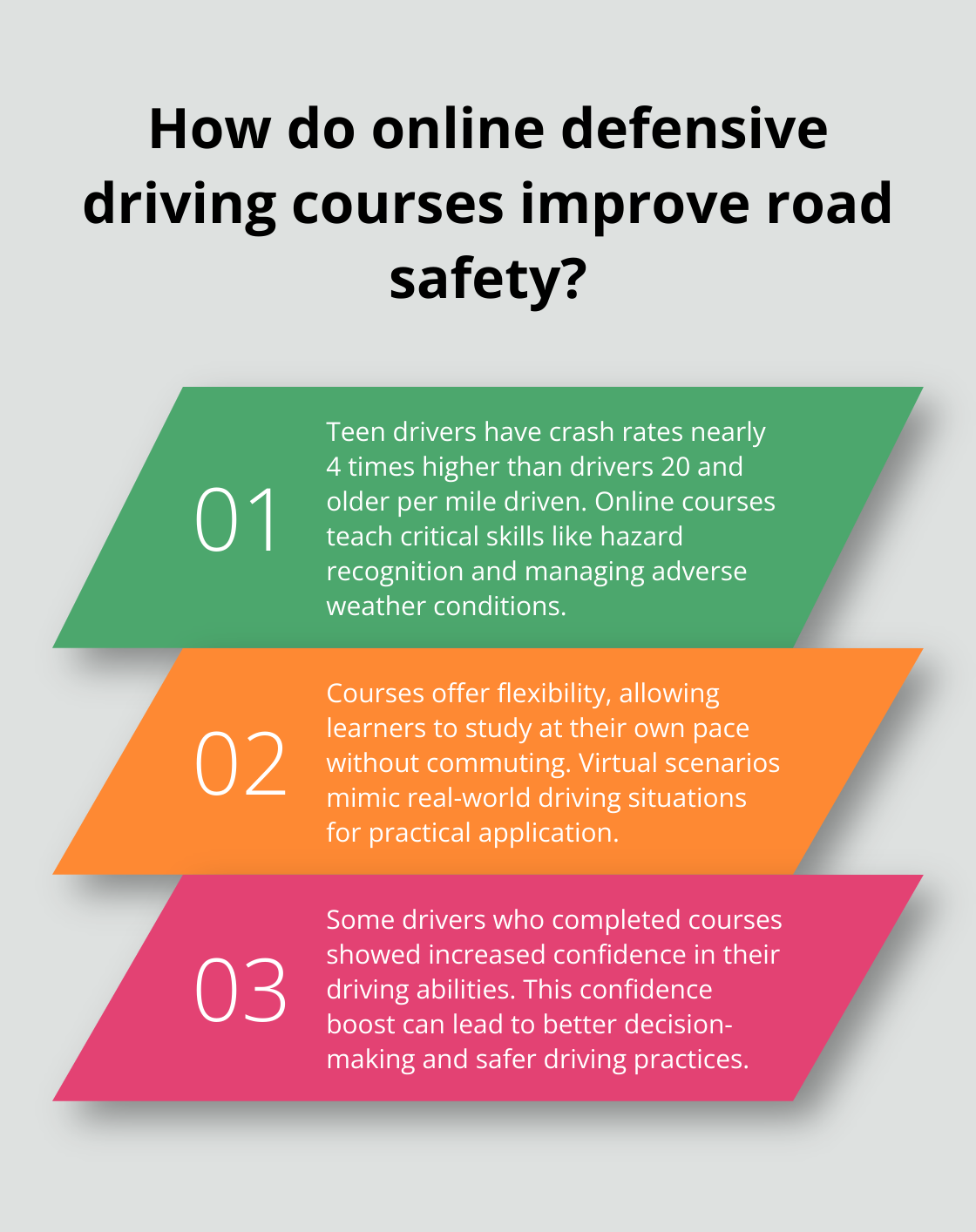
As we move forward, let’s explore another exciting avenue for improving your driving skills online: virtual driving simulators. These cutting-edge tools offer a unique and immersive way to enhance your abilities behind the wheel.
Virtual Driving Simulators: The Future of Skill Enhancement
Virtual driving simulators have transformed the landscape of driving skill improvement. These advanced tools provide a safe, controlled environment for drivers to practice and refine their abilities without real-world risks.
Immersive Learning Experience
Modern virtual driving simulators employ cutting-edge technology to create highly realistic driving scenarios. High-definition graphics, 360-degree views, and responsive controls replicate the feel of actual driving. Some simulators (like those used in professional training centers) incorporate motion platforms that mimic the physical sensations of acceleration, braking, and turning.
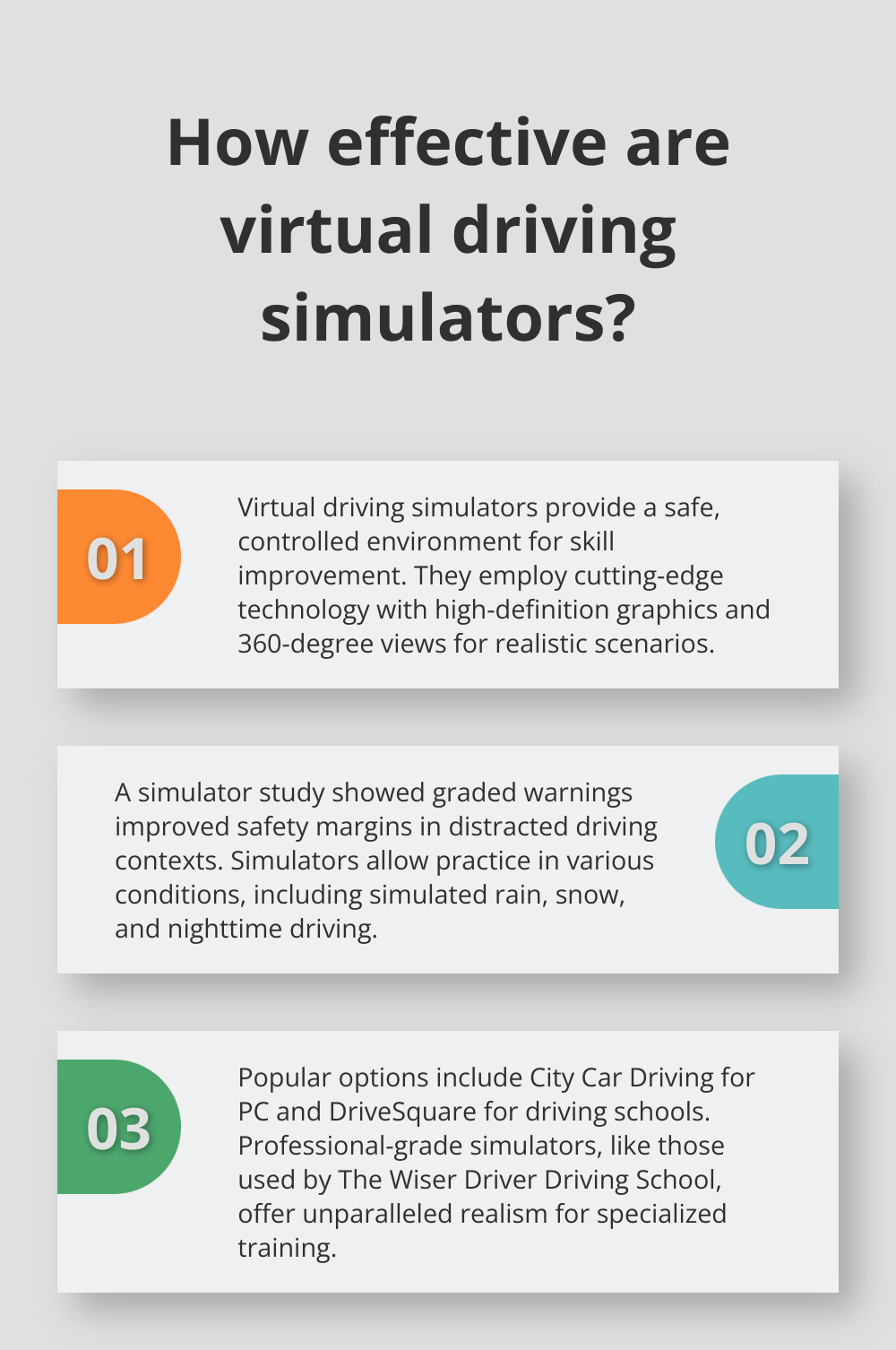
A simulator study showed that graded warnings provided a greater safety margin and elicited fewer inappropriate responses in a distracted driving context. This underscores the effectiveness of simulator training in preparing drivers for real-world challenges.
Skill Enhancement Through Repetition
Virtual simulators excel at helping drivers improve specific skills through repeated practice. Users can focus on areas like parallel parking, merging in heavy traffic, or navigating complex intersections. The ability to reset scenarios instantly allows for rapid skill development without the time constraints of real-world practice.
A notable feature of many simulators is their weather and time-of-day settings. Drivers can practice in simulated rain, snow, or nighttime conditions (situations they might not frequently encounter in their daily driving).
Popular Simulator Options
For those interested in trying virtual driving simulators, several options stand out. City Car Driving, a popular PC-based simulator, offers a wide range of urban and highway scenarios. It proves particularly effective for practicing defensive driving techniques.
Another option is DriveSquare, a portable simulator used by many driving schools. It focuses on basic skills and hazard perception, making it especially useful for new drivers.
For a more professional-grade experience, state-of-the-art simulators (such as those used by The Wiser Driver Driving School) offer unparalleled realism. These simulators prove particularly effective for defensive driving courses and specialized training for commercial drivers.
Complementing Real-World Instruction
While virtual simulators serve as powerful tools, they work best when combined with real-world instruction. They act as an excellent complement to traditional driving lessons, allowing students to practice skills in a risk-free environment before applying them on actual roads.
As technology advances, we can expect virtual driving simulators to become even more sophisticated and widely used in driver education. Their ability to provide safe, repeatable, and varied driving experiences makes them an invaluable asset in the quest for improved road safety.
Now that we’ve explored the world of virtual simulators, let’s shift gears and examine another effective online method for enhancing your driving skills: self-paced online driver education programs.
Self-Paced Online Driver Education: Learn at Your Own Speed
Self-paced online driver education programs have gained popularity due to their flexibility and personalized learning experiences. These programs allow drivers to enhance their skills according to their own schedule, accommodating busy lifestyles.
Flexibility Meets Effectiveness
Self-paced learning adapts to individual needs. Research has shown that home-study courses can be as effective as classroom courses for teaching driver education. This highlights the effectiveness of allowing learners to progress at their own speed.
Interactive Learning for Better Retention
Effective online driver education programs incorporate interactive elements. The National Highway Traffic Safety Administration has conducted research on the practicality and benefits of systems that can provide real-time driver feedback to teen drivers. You should look for programs that offer a mix of content types to stay engaged and improve learning outcomes.
Practical Tips for Online Learning Success
To maximize your learning in online programs, you should create a dedicated study space free from distractions. Set specific goals for each learning session. The AAA Foundation for Traffic Safety suggests that breaking study sessions into 30-minute chunks can improve focus and retention.
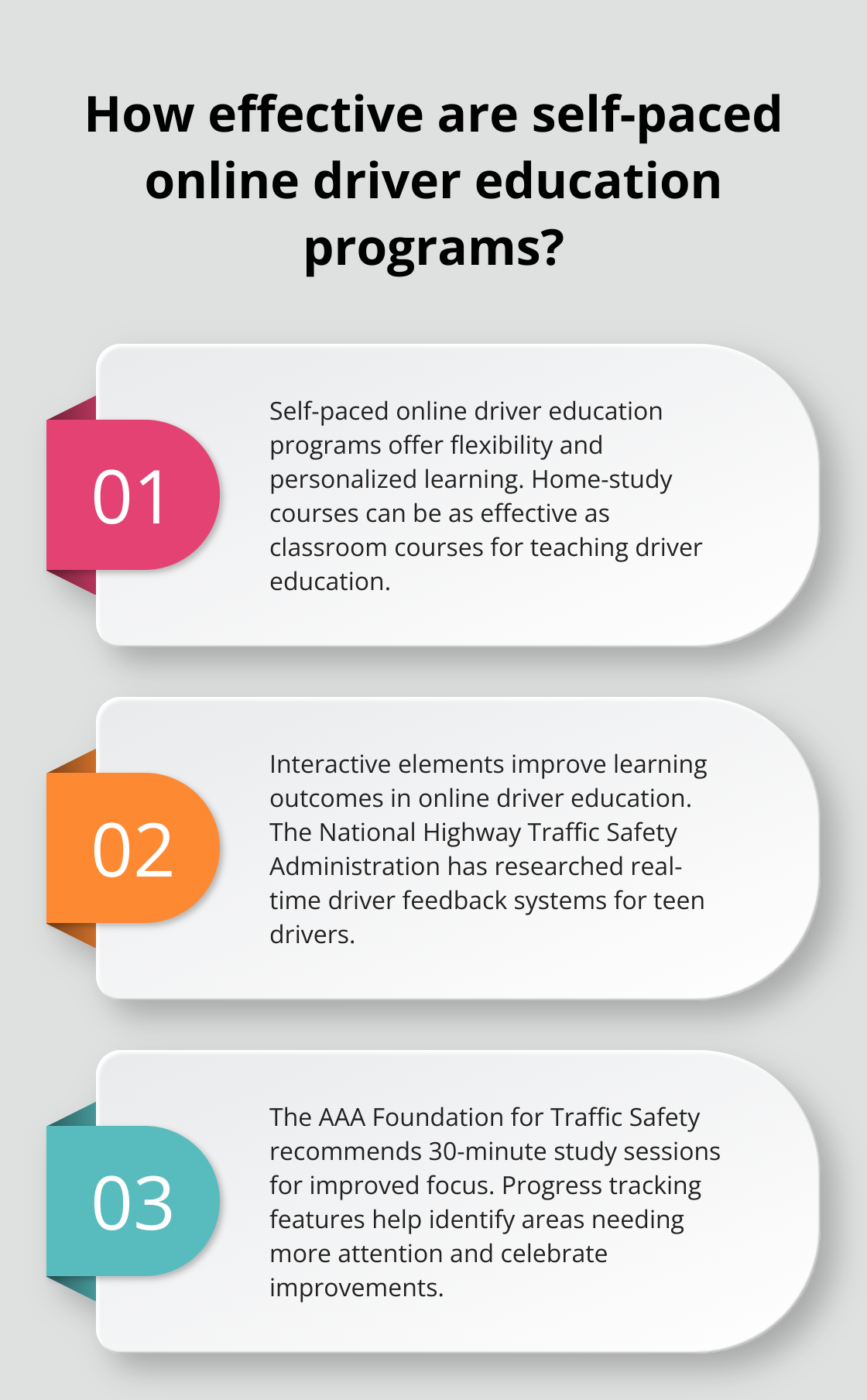
You should apply what you learn in real-world situations regularly. After you complete a module on defensive driving techniques, practice these skills during your next drive. This active application helps solidify knowledge and improve practical skills.
Tracking Your Progress
Take advantage of progress tracking features. Many online programs offer dashboards that show your advancement. Use these tools to identify areas that need more attention and to celebrate your improvements.
Choosing the Right Program
When selecting a self-paced online driver education program, consider factors such as course content, interactivity, and user reviews. Look for programs that offer comprehensive coverage of essential driving skills (including defensive driving techniques and traffic laws). The Wiser Driver Driving School offers self-paced courses that combine flexibility with interactive content, ensuring you get the most out of your learning experience.
Final Thoughts
The digital age has transformed driver education, offering numerous online resources to enhance your skills. Online defensive driving courses, virtual simulators, and self-paced programs provide flexible, engaging ways to become a safer, more confident driver. Traffic conditions and technologies constantly change, so you must update your driving techniques and knowledge of regulations regularly.
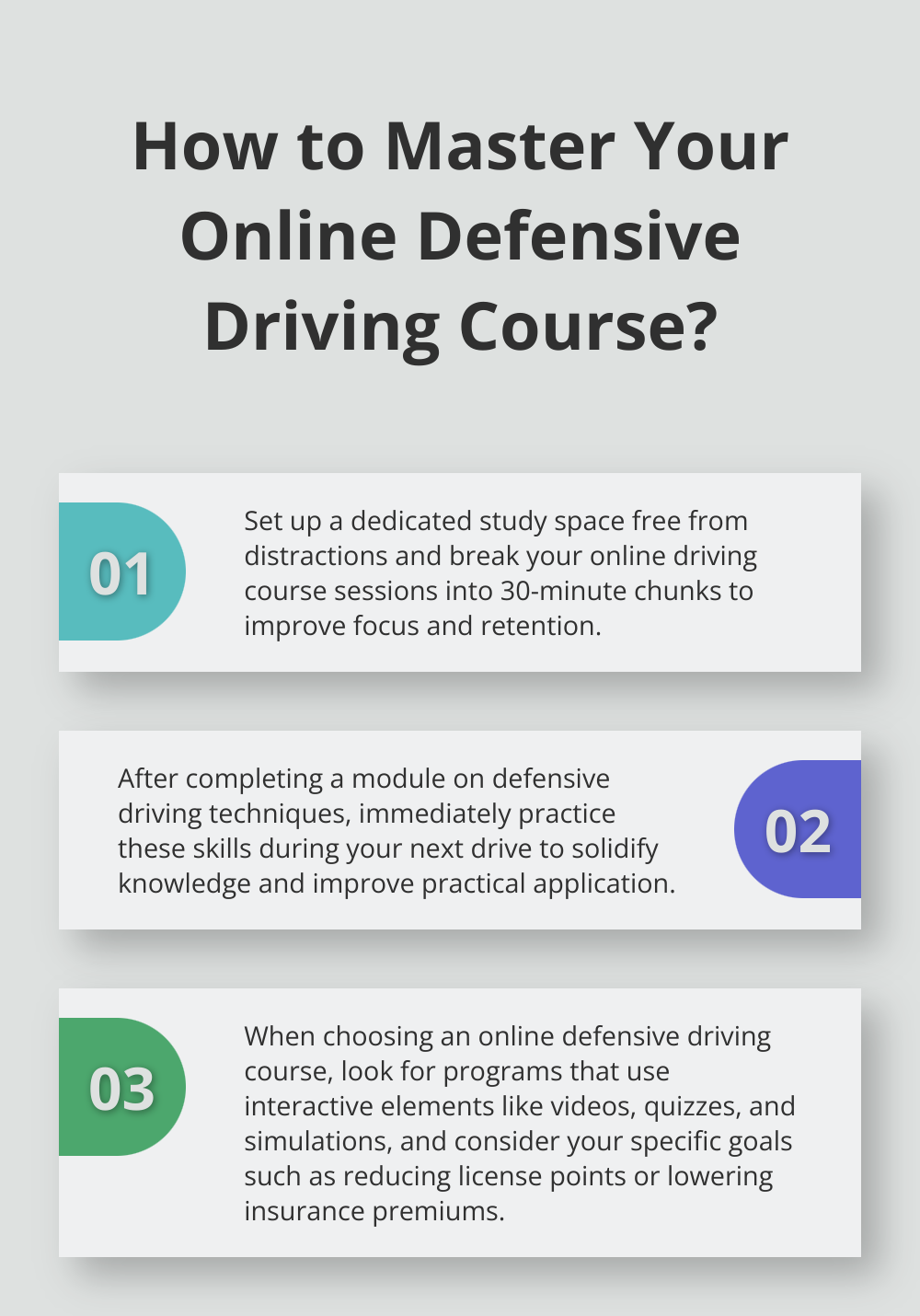
We at The Wiser Driver Driving School encourage you to explore the diverse online driving improvement courses available. Our programs cater to drivers of all ages and experience levels, offering state-required courses, personalized lessons, and defensive driving instruction. You can improve your driving skills significantly from the comfort of your home with the convenience of online learning and the expertise of experienced instructors.
Becoming a better driver requires lifelong learning. Online tools and resources equip you with the knowledge and skills needed to navigate roads safely and confidently. New drivers can build a solid foundation, while experienced motorists can refine their techniques (all through online education). Your safety and the safety of others on the road depend on your commitment to continuous improvement.



